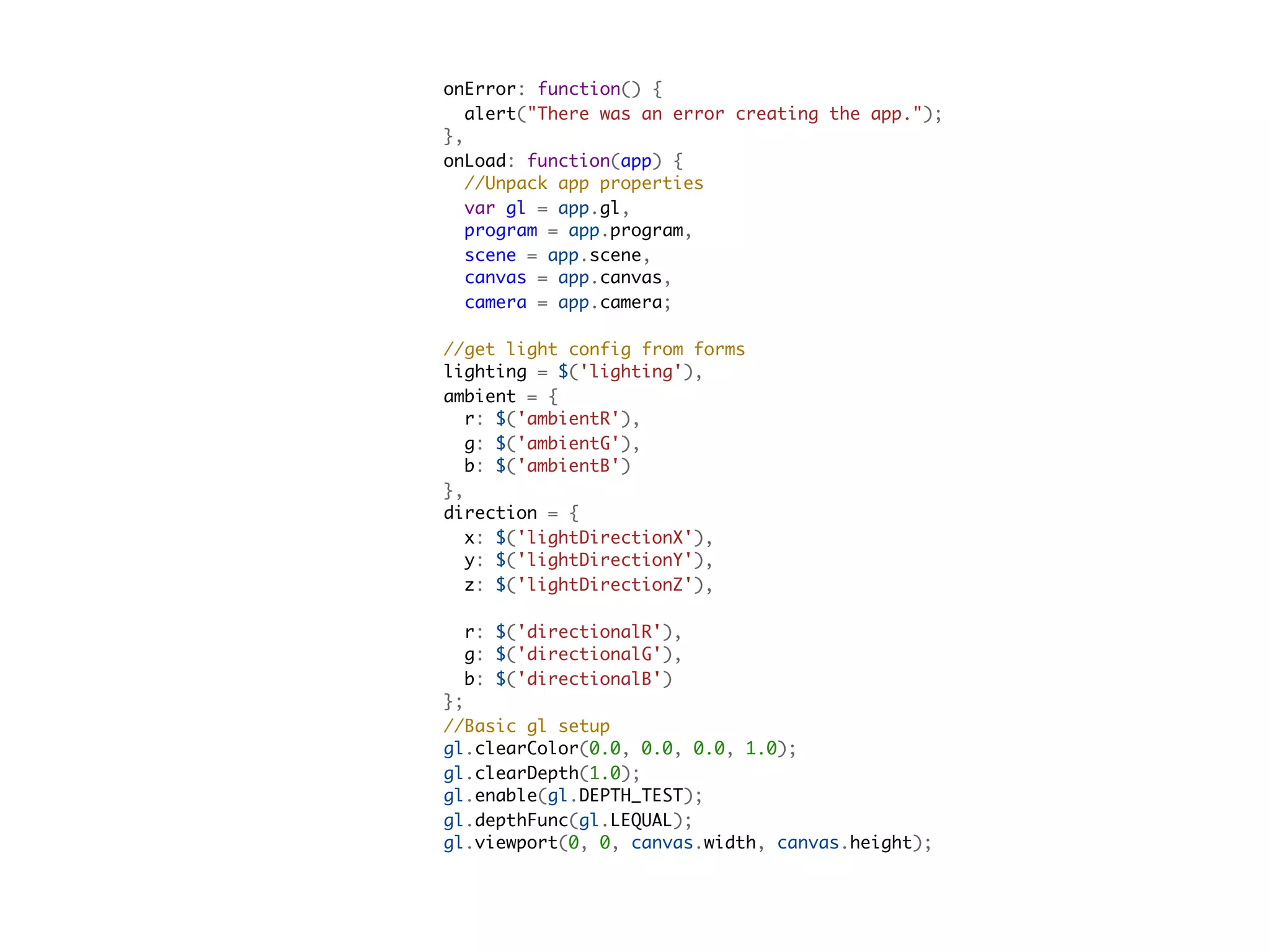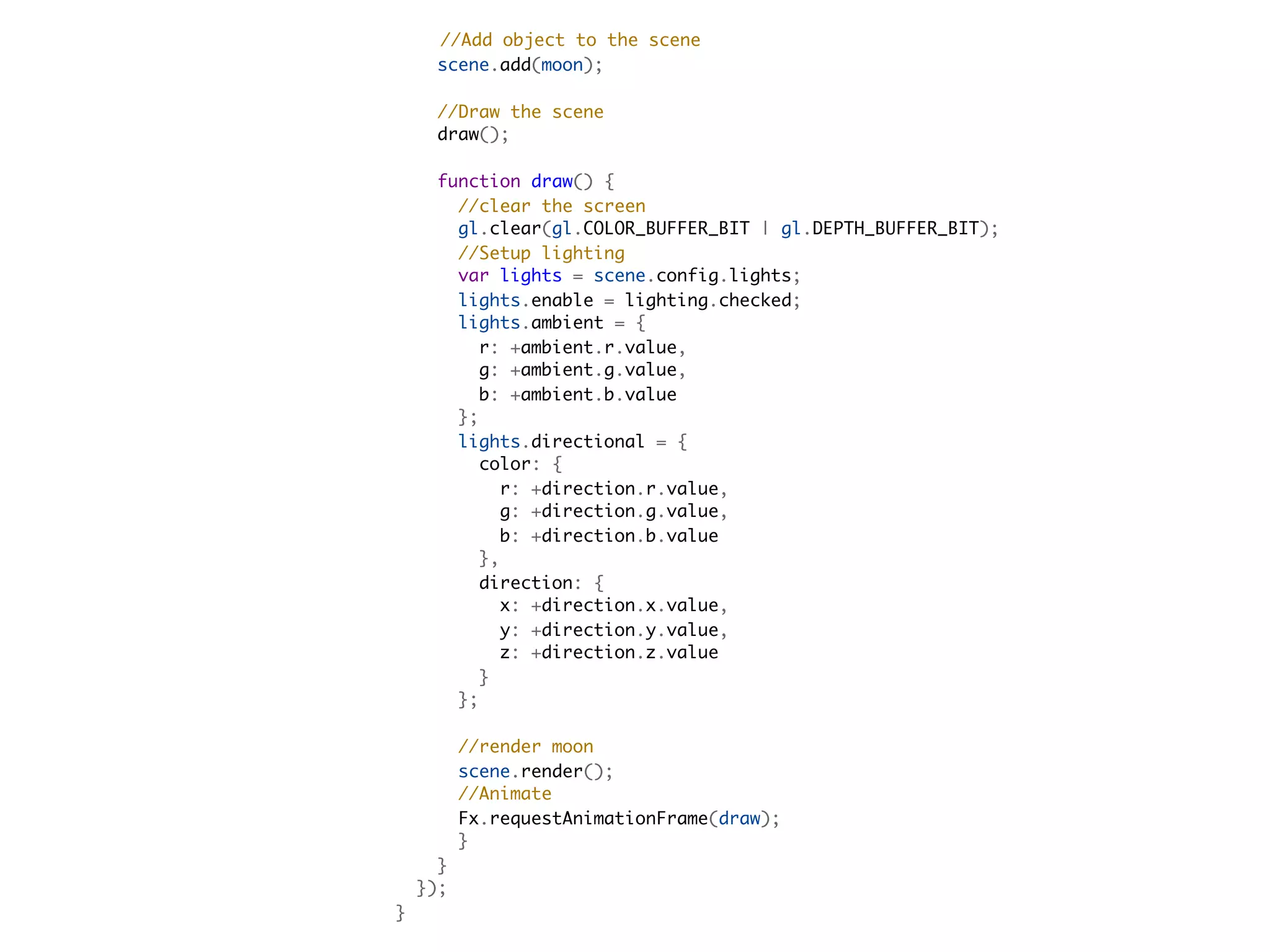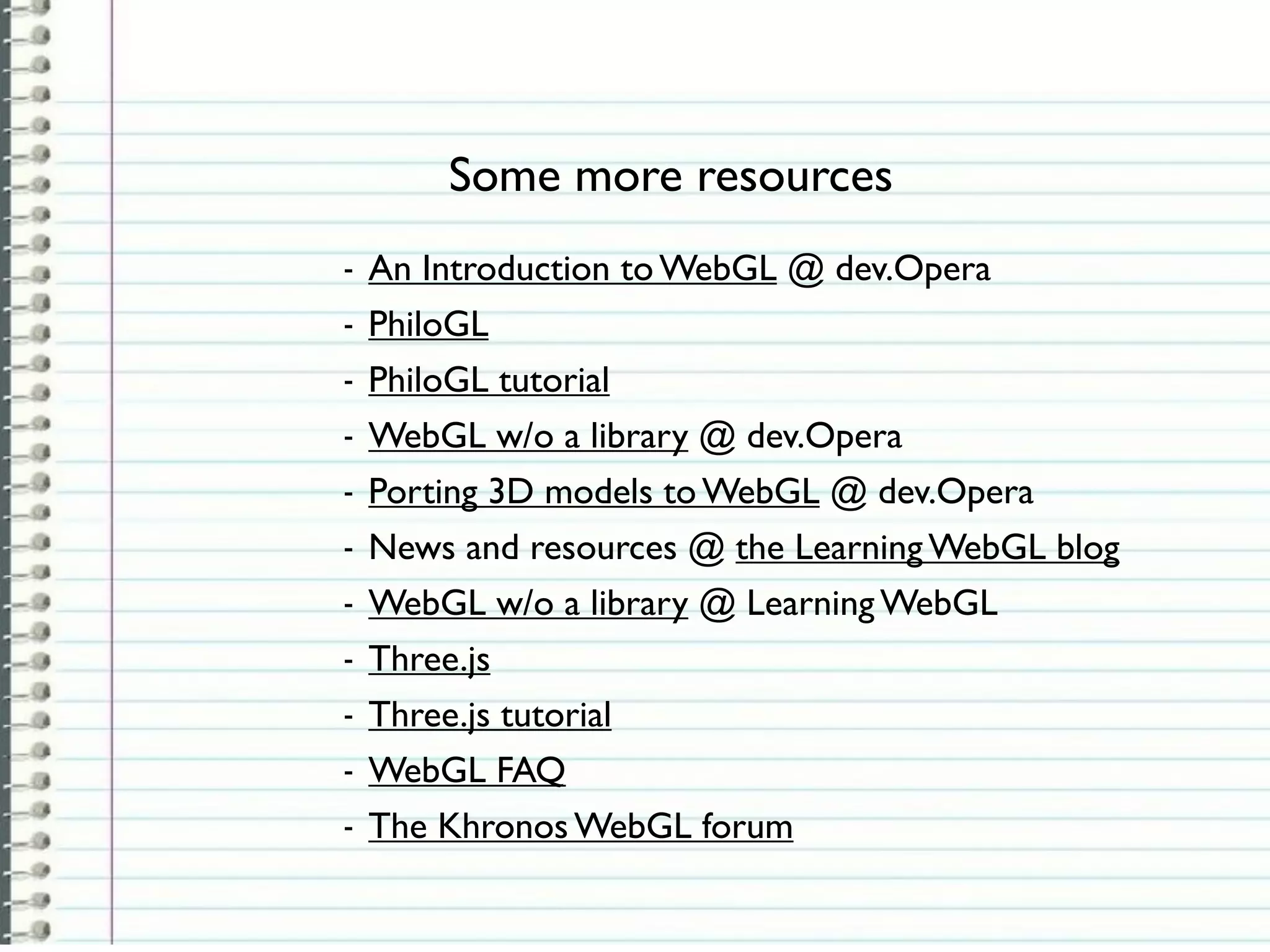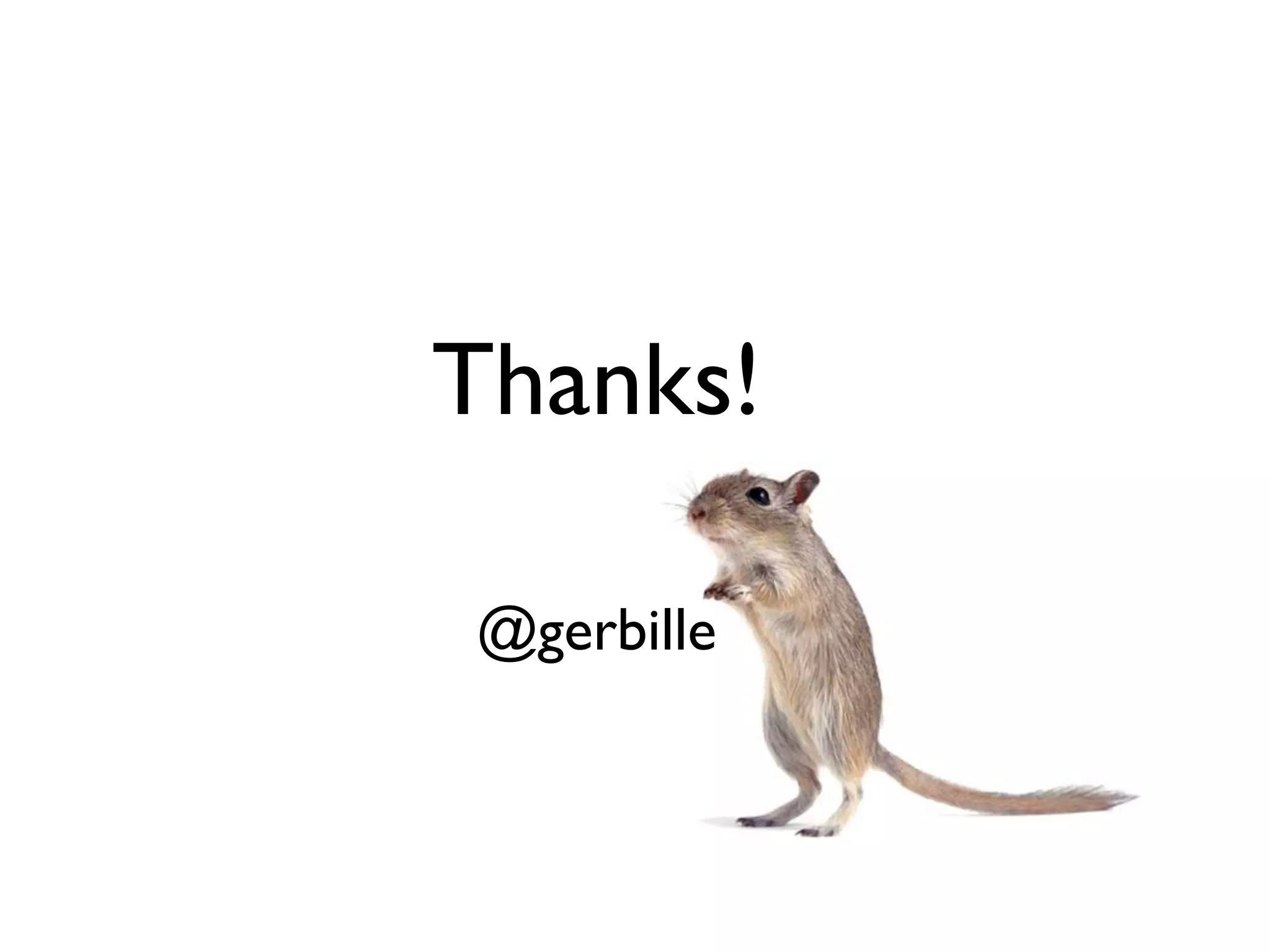WebGL is a JavaScript API for rendering interactive 3D graphics within any compatible web browser without the use of plug-ins. It can be used for data visualization, creative coding, 3D modeling, games, and more. WebGL works by using JavaScript to interface with the GPU through WebGL APIs to run GLSL shaders that render 3D scenes. To get started, one needs to choose a WebGL library like Three.js, add a <canvas> element, and get the WebGL context. Sample code is provided to render a 3D model by loading geometry, adding lights and materials, and animating the scene render.

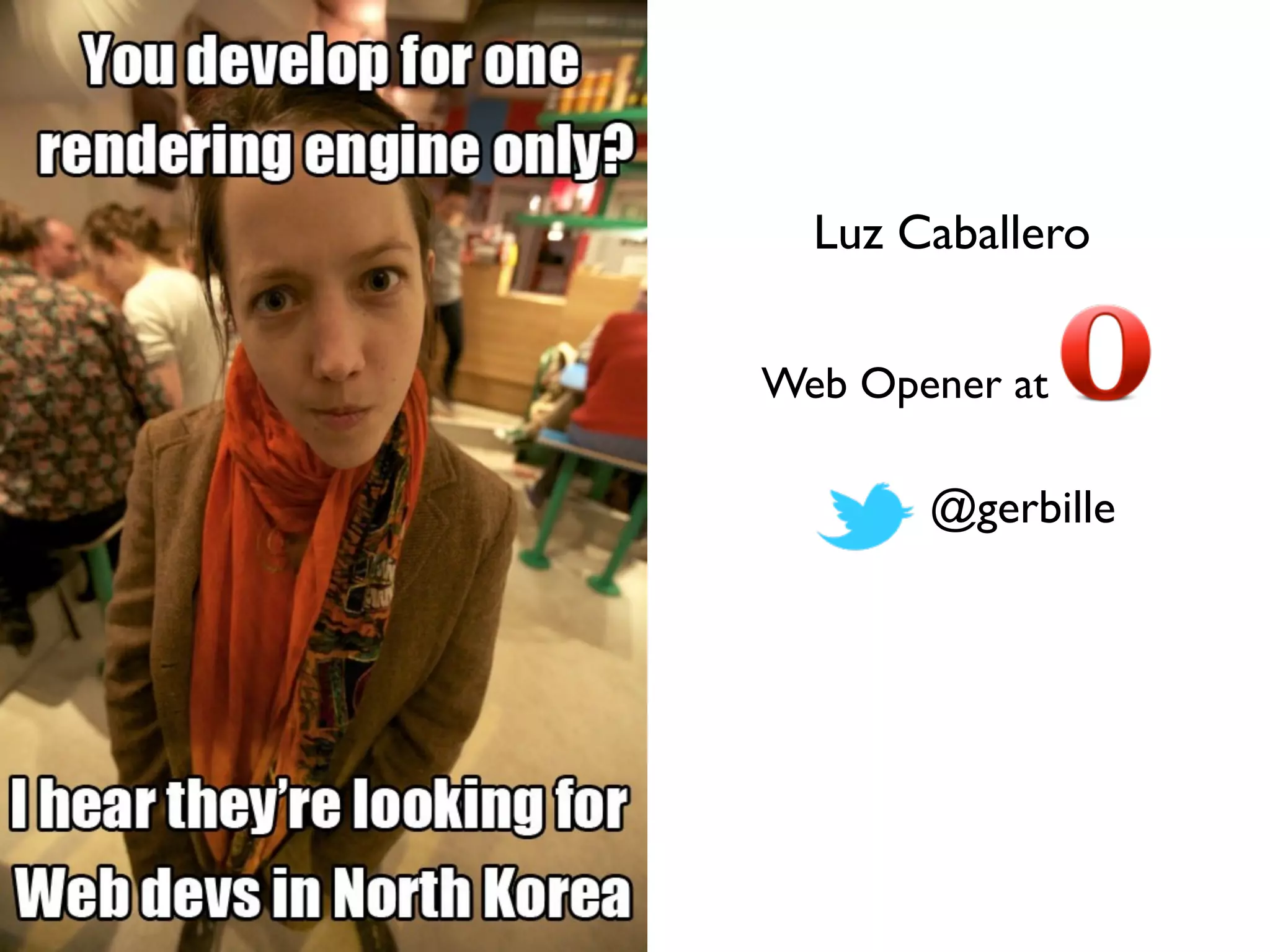
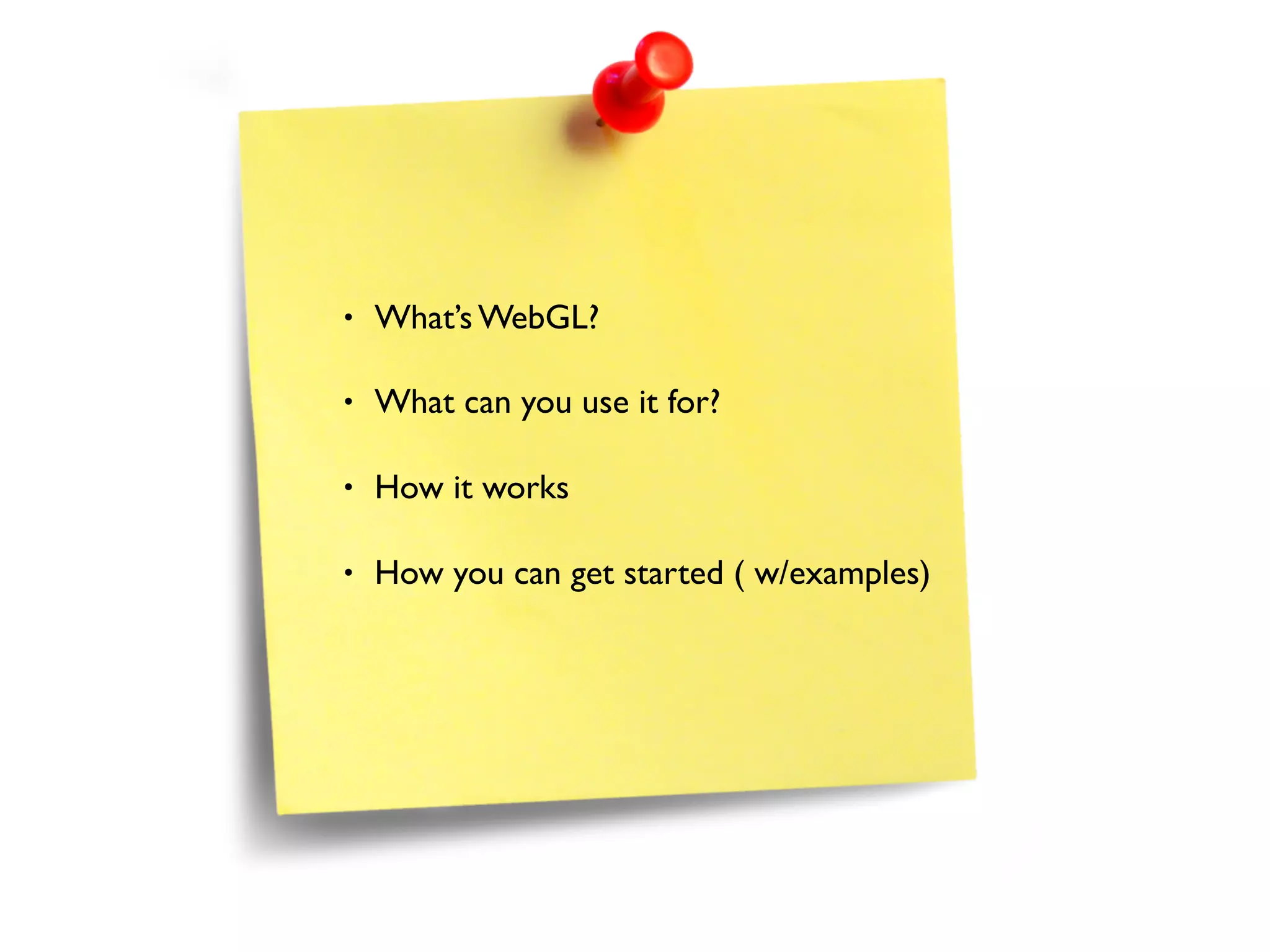
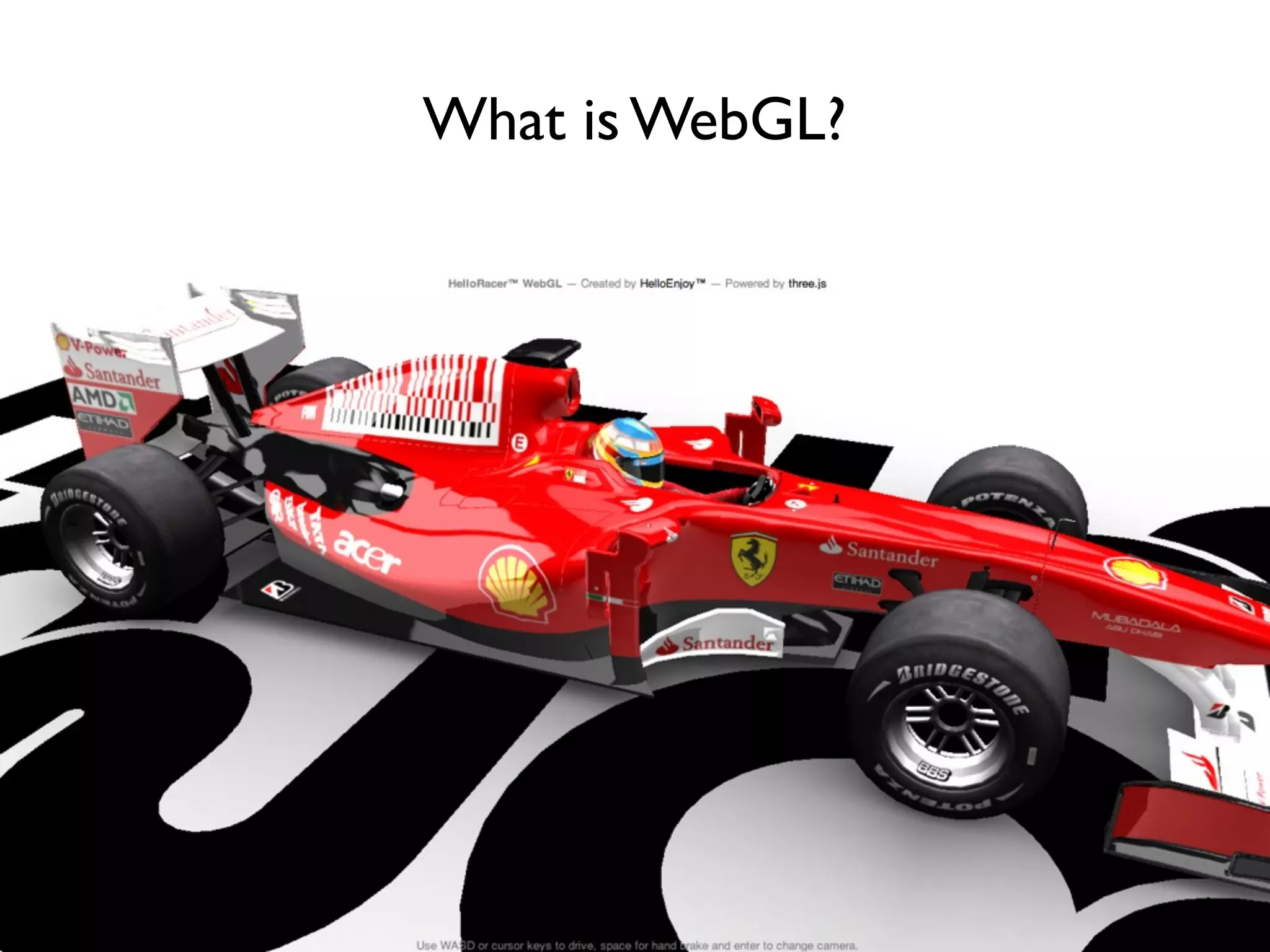
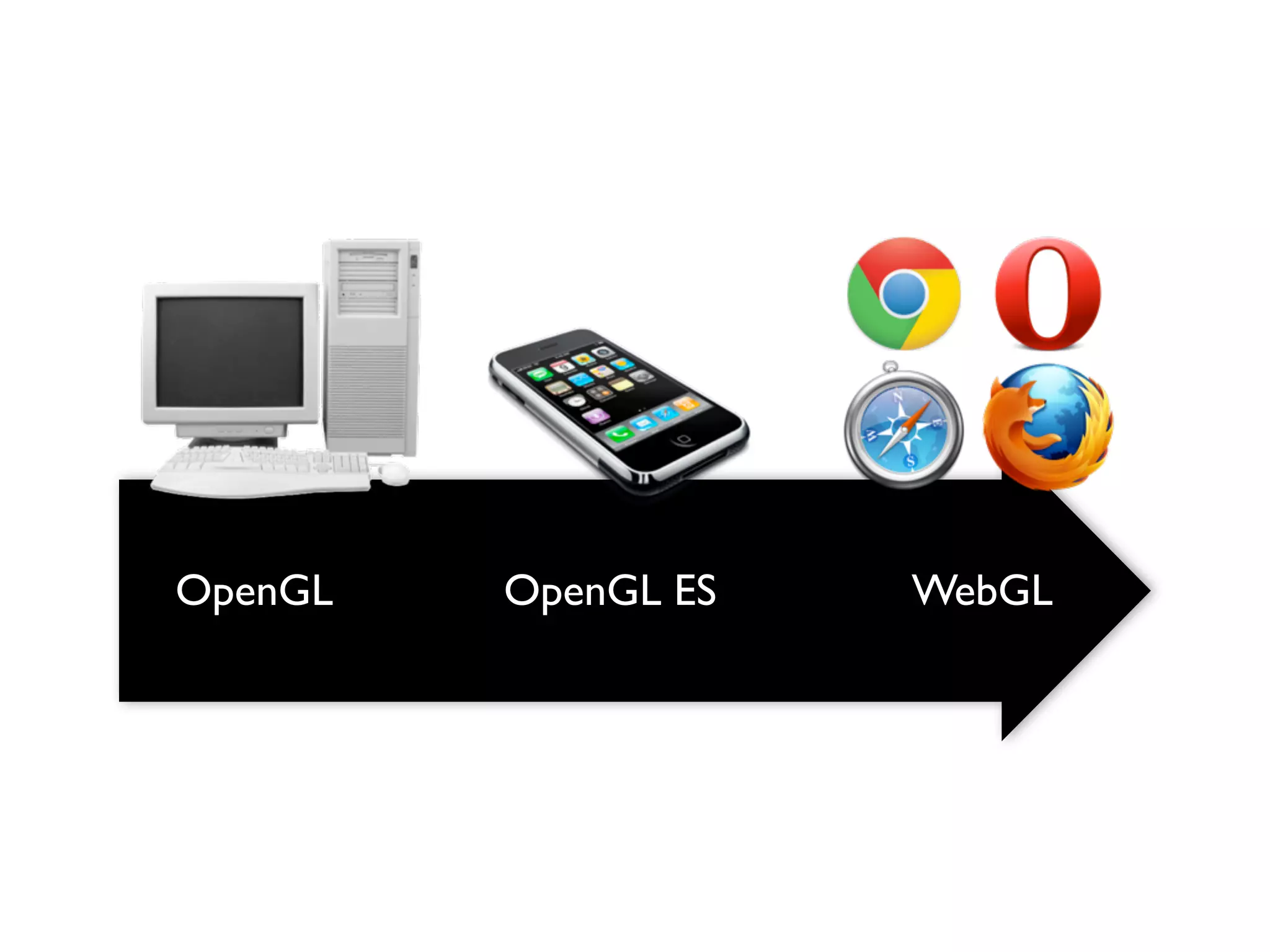
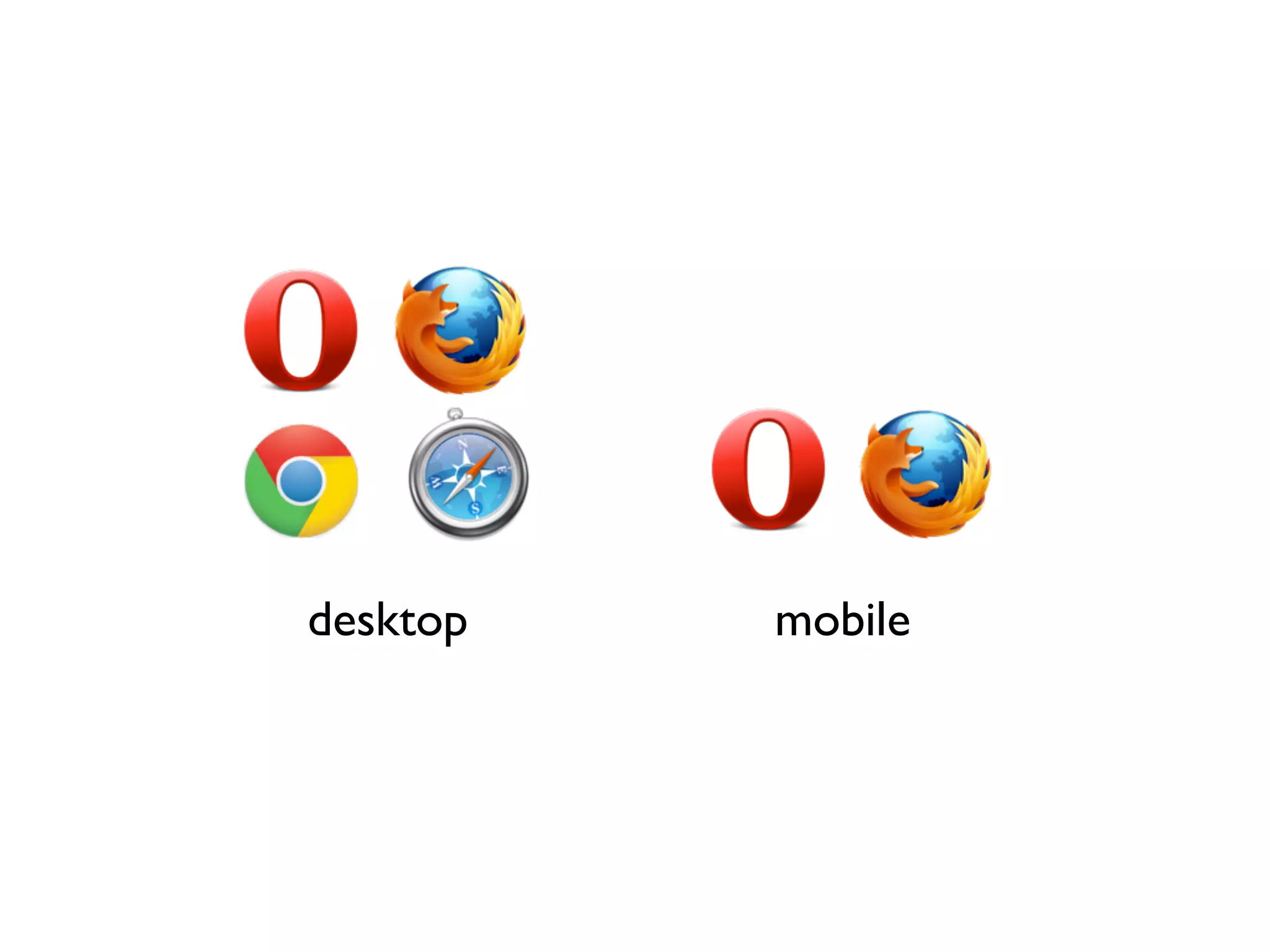
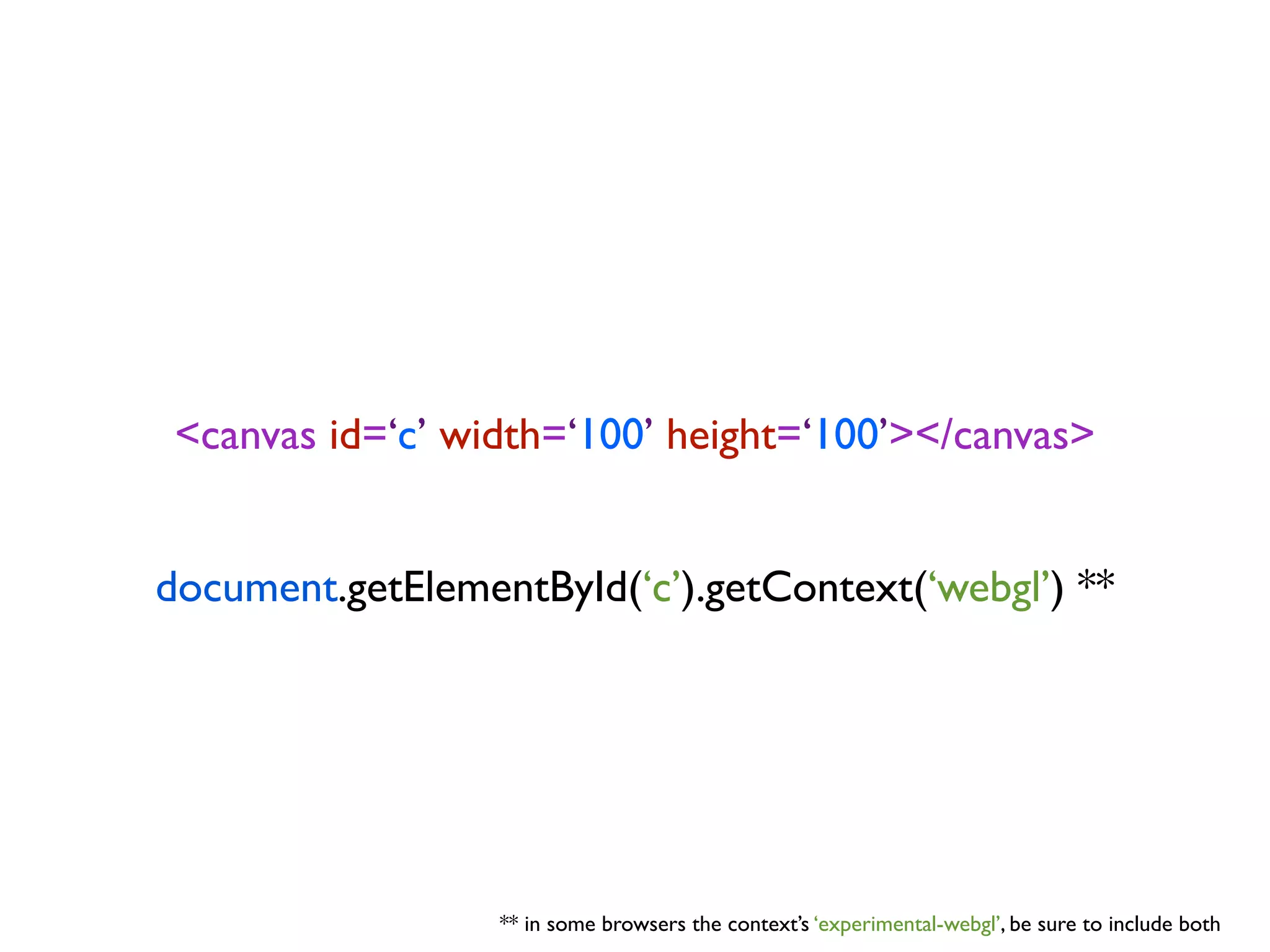
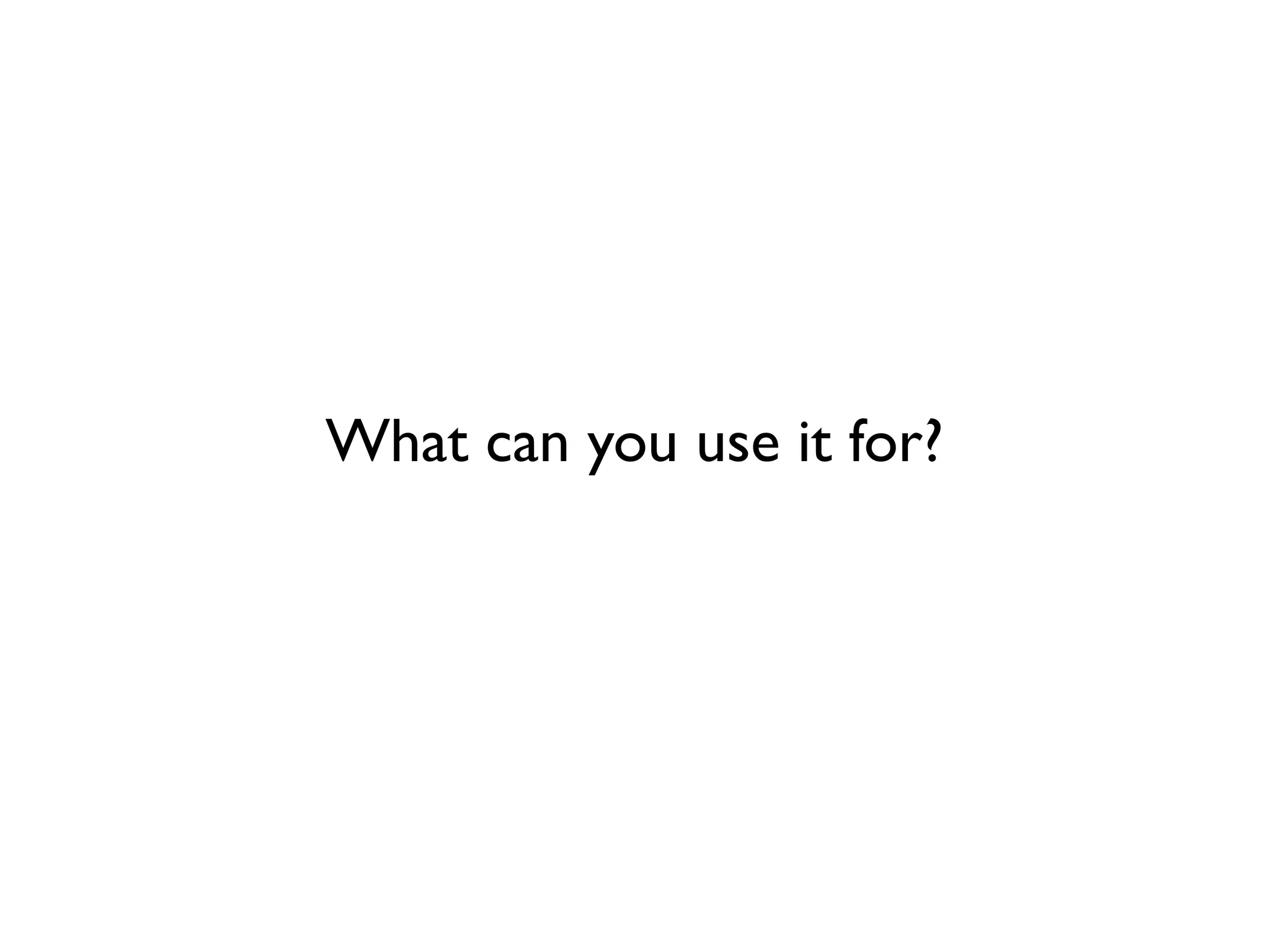
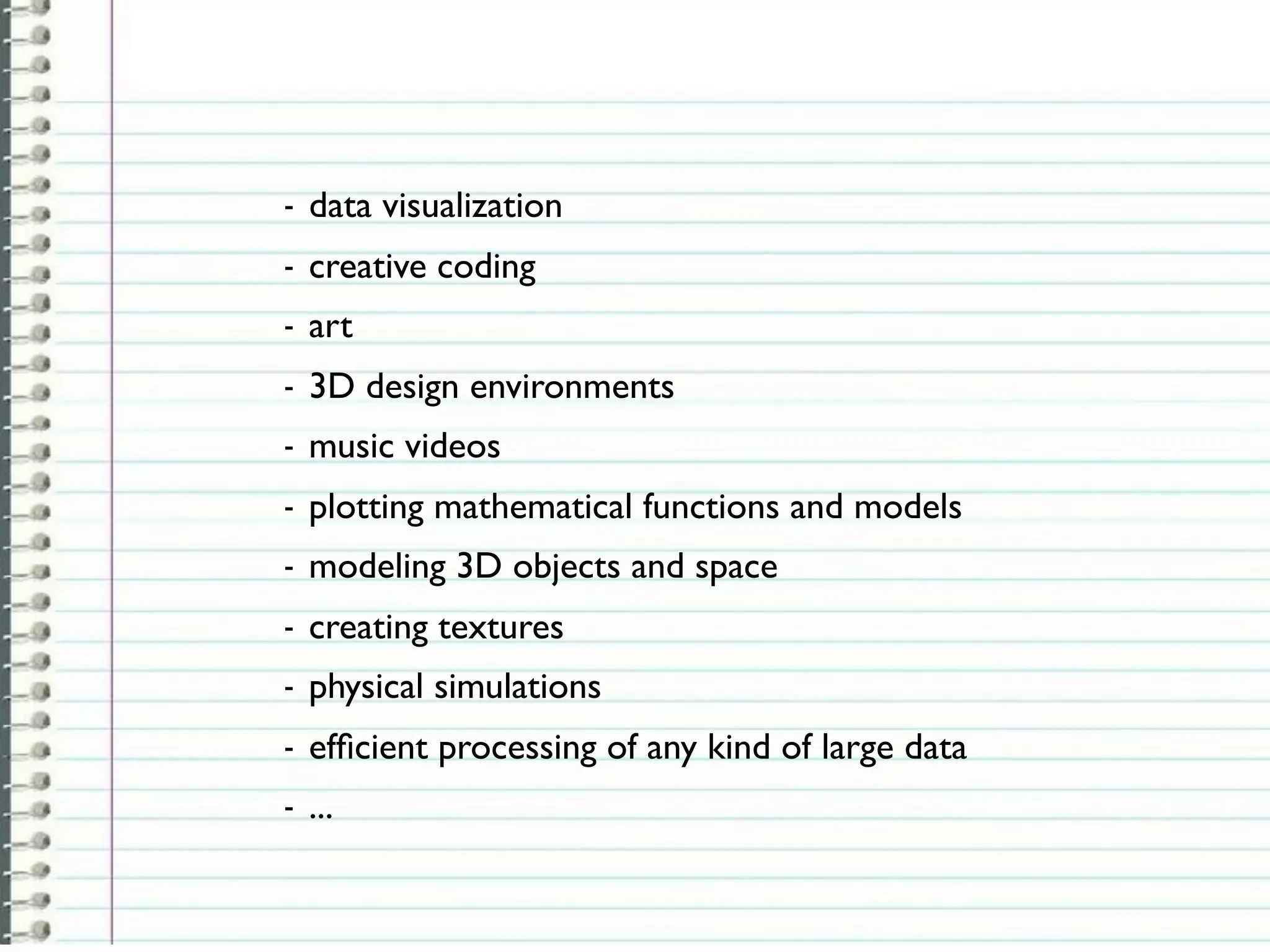
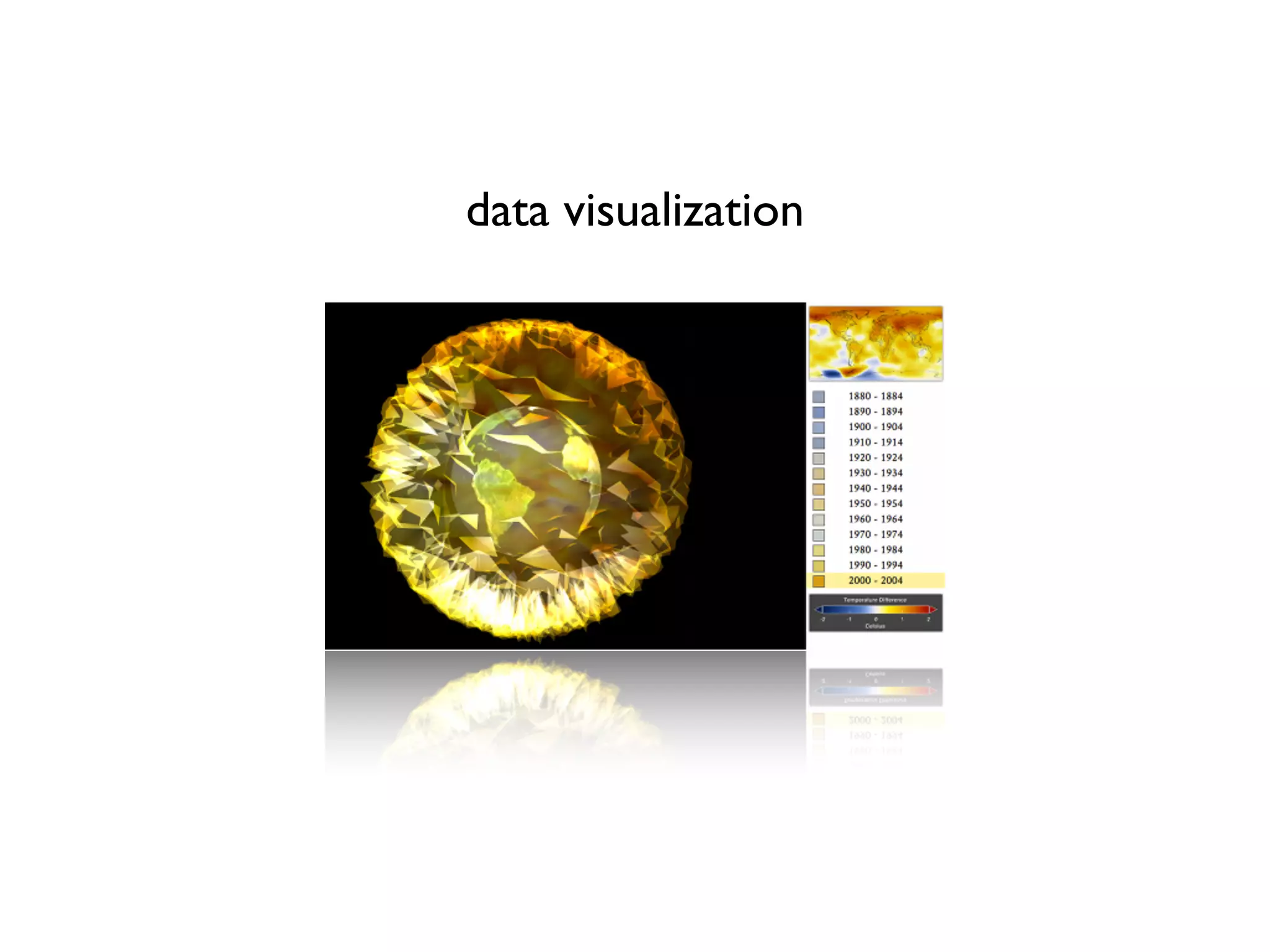
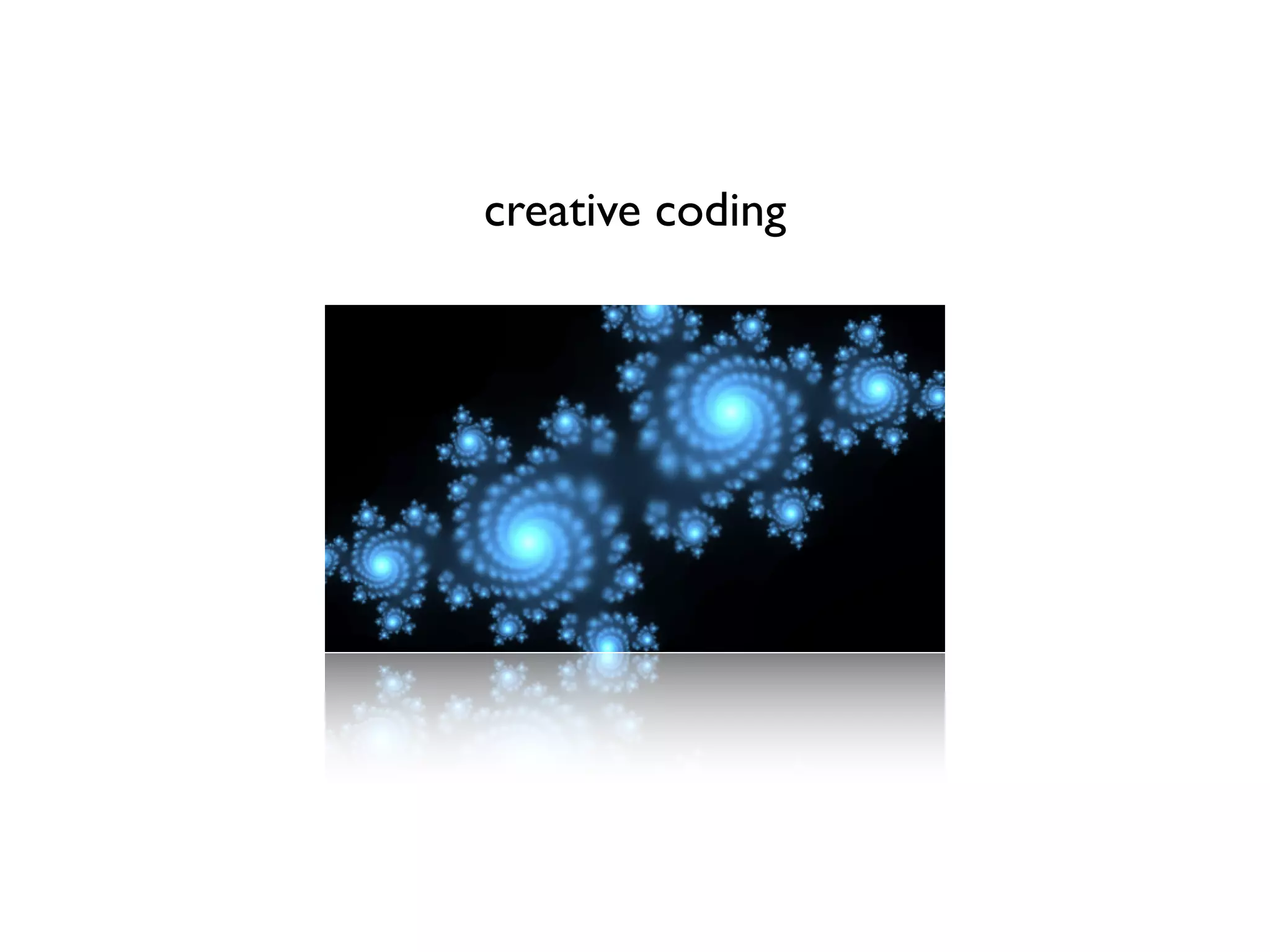
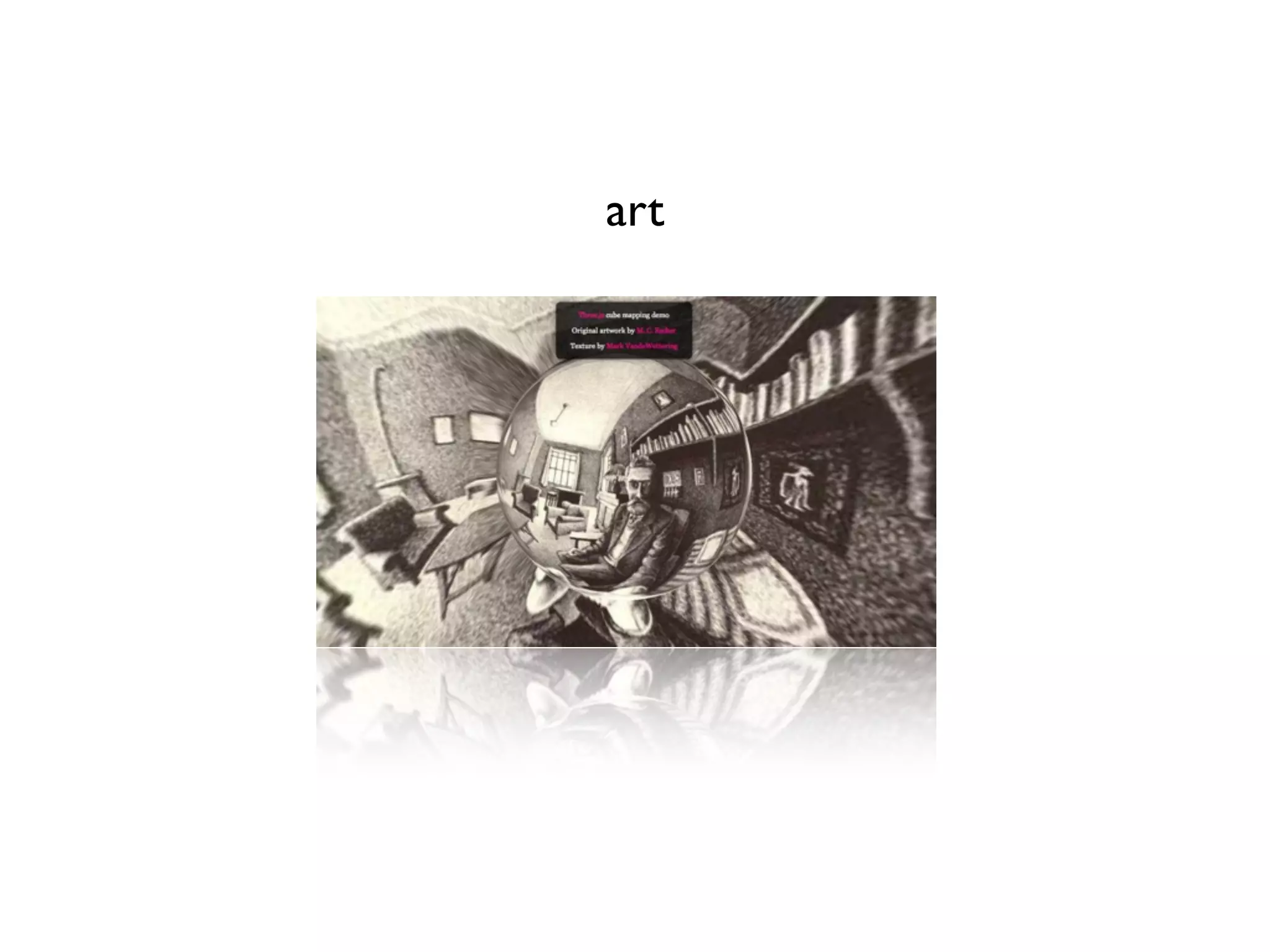
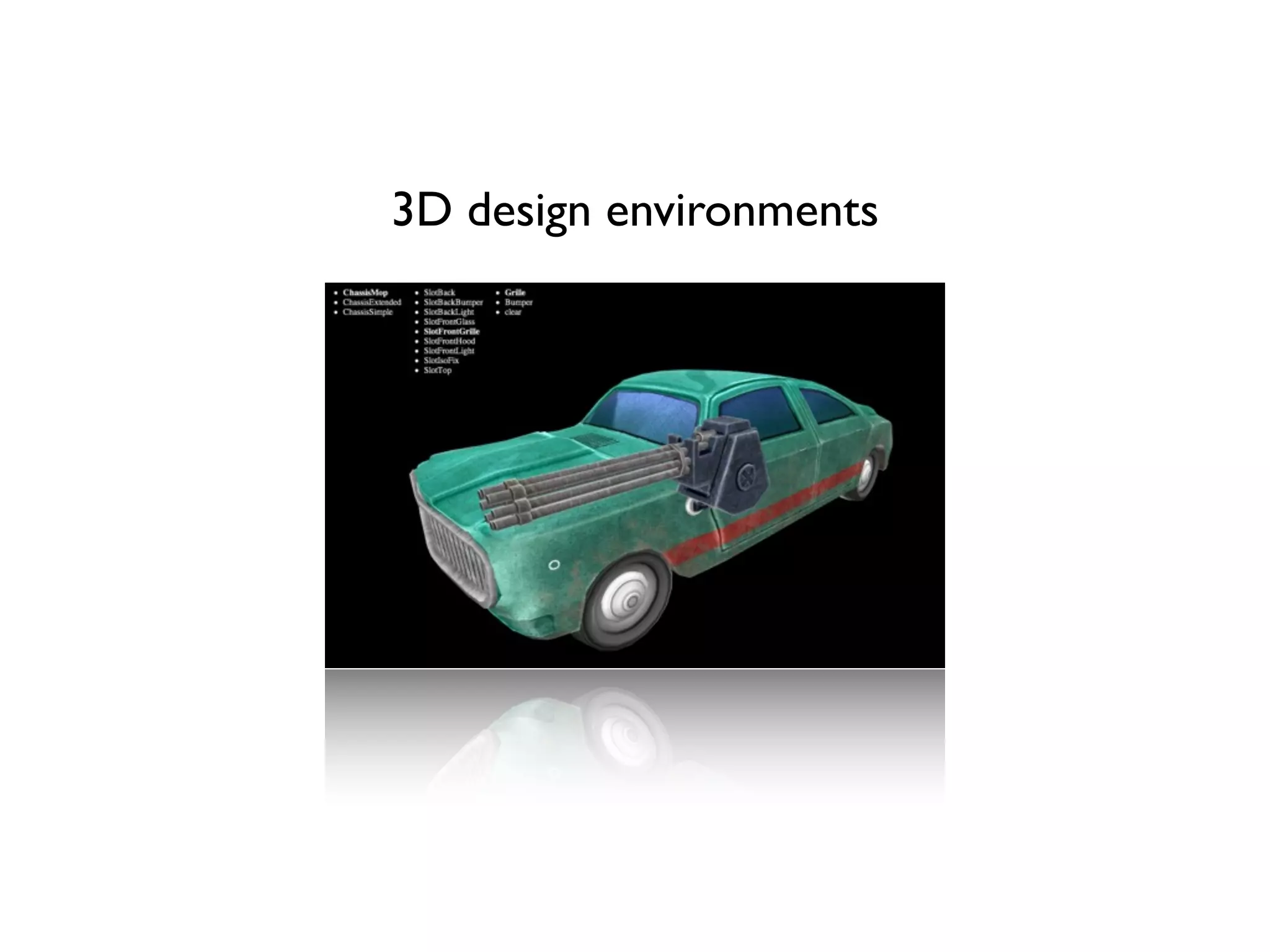
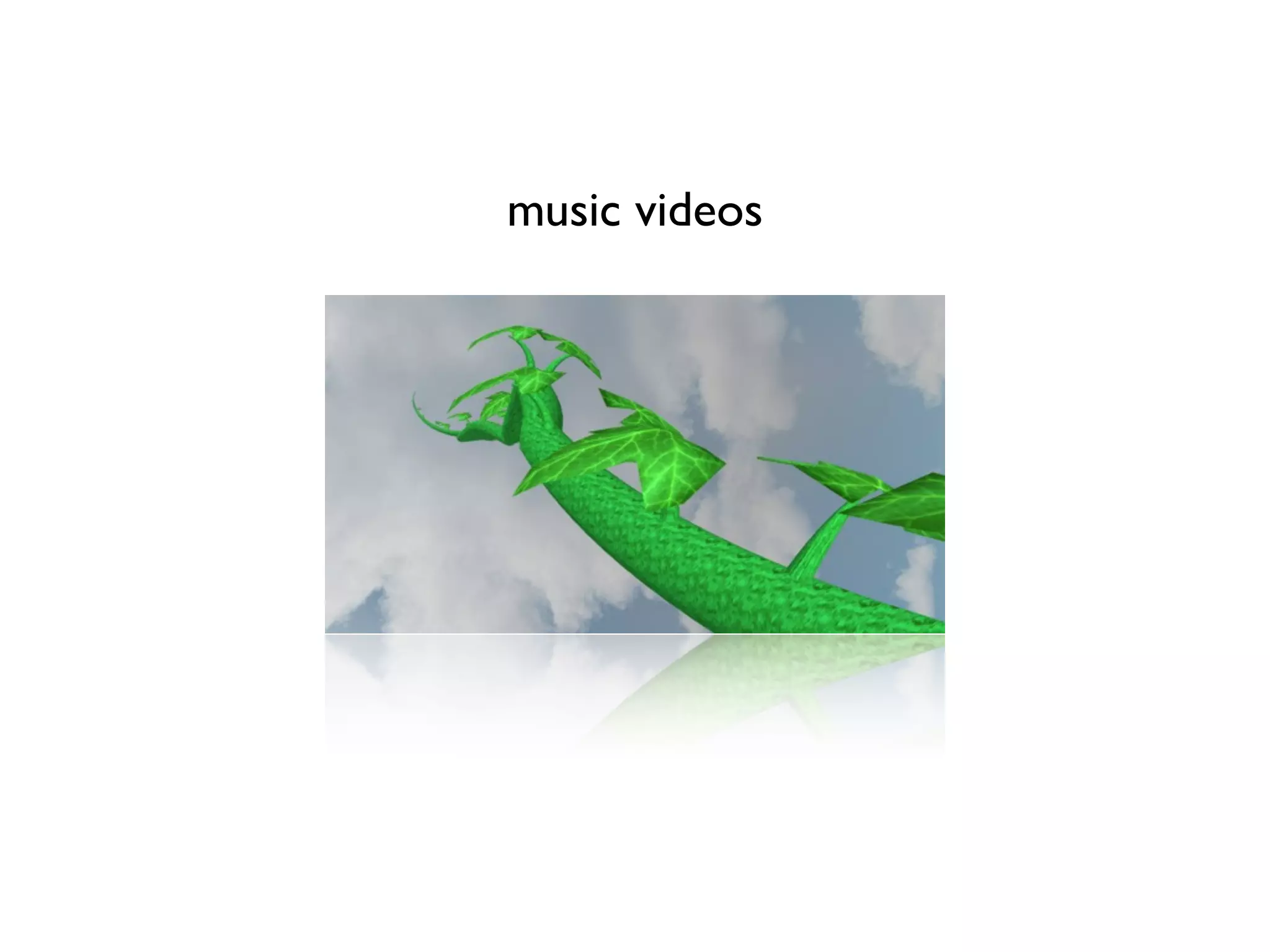
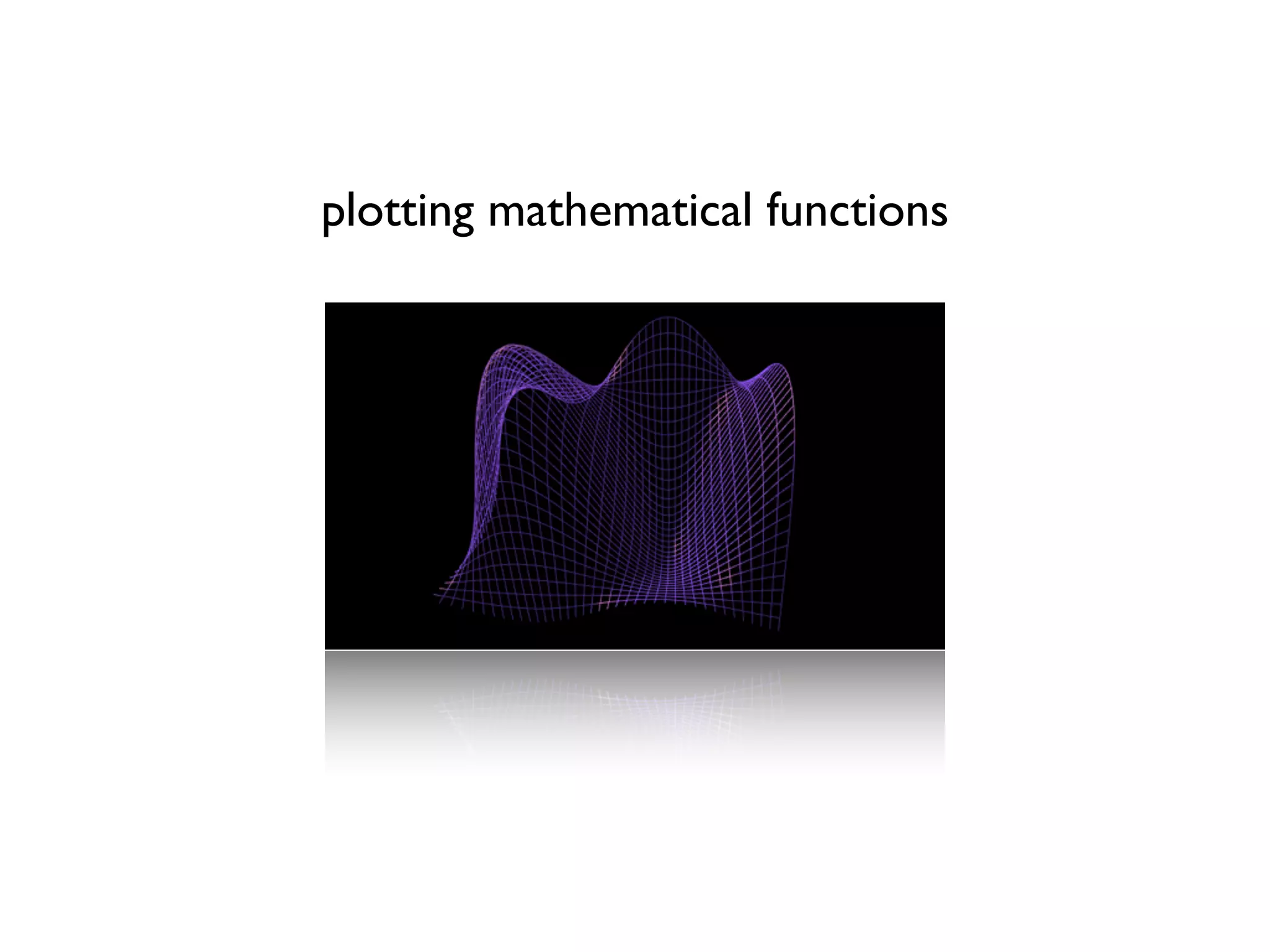
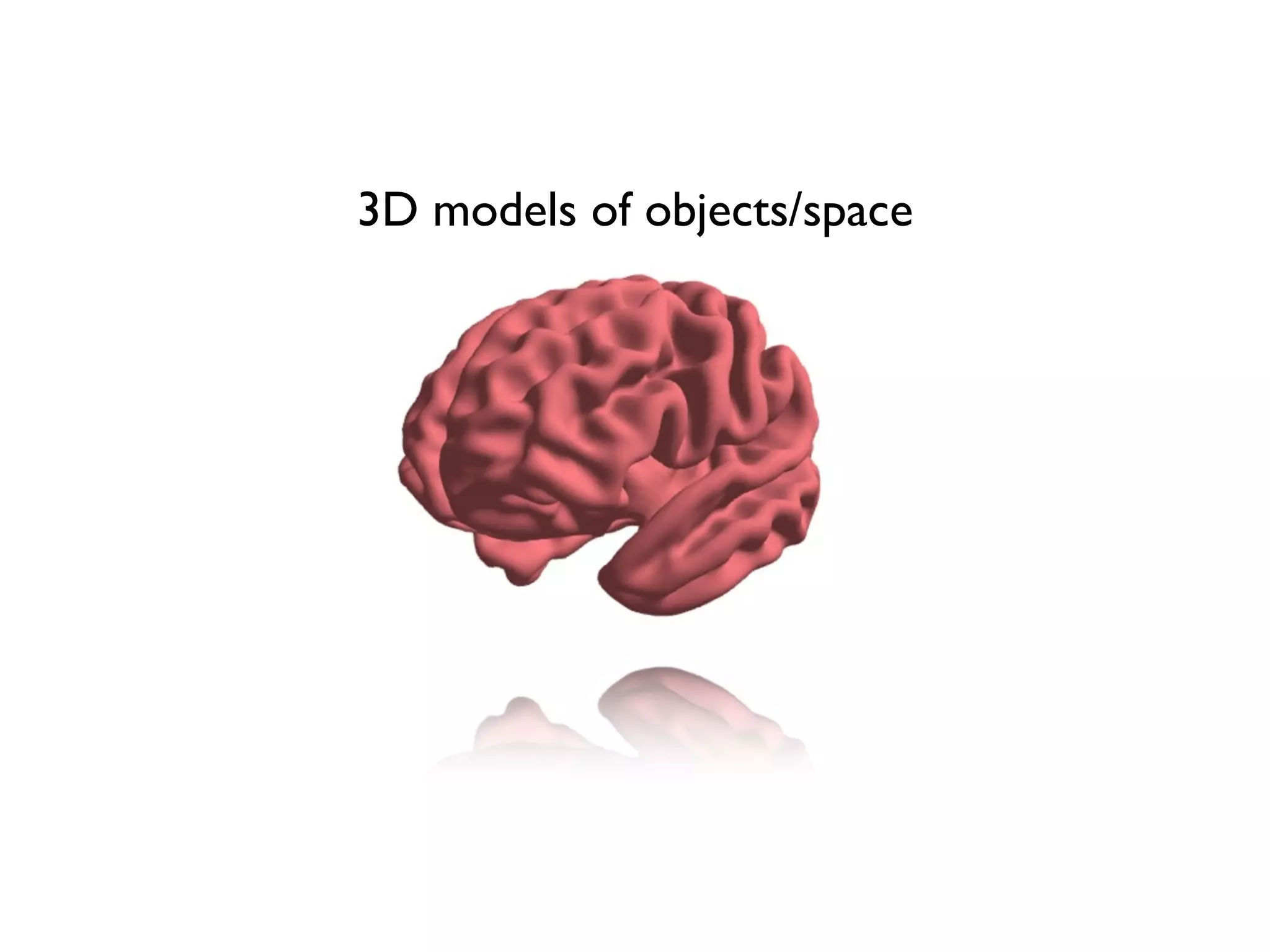
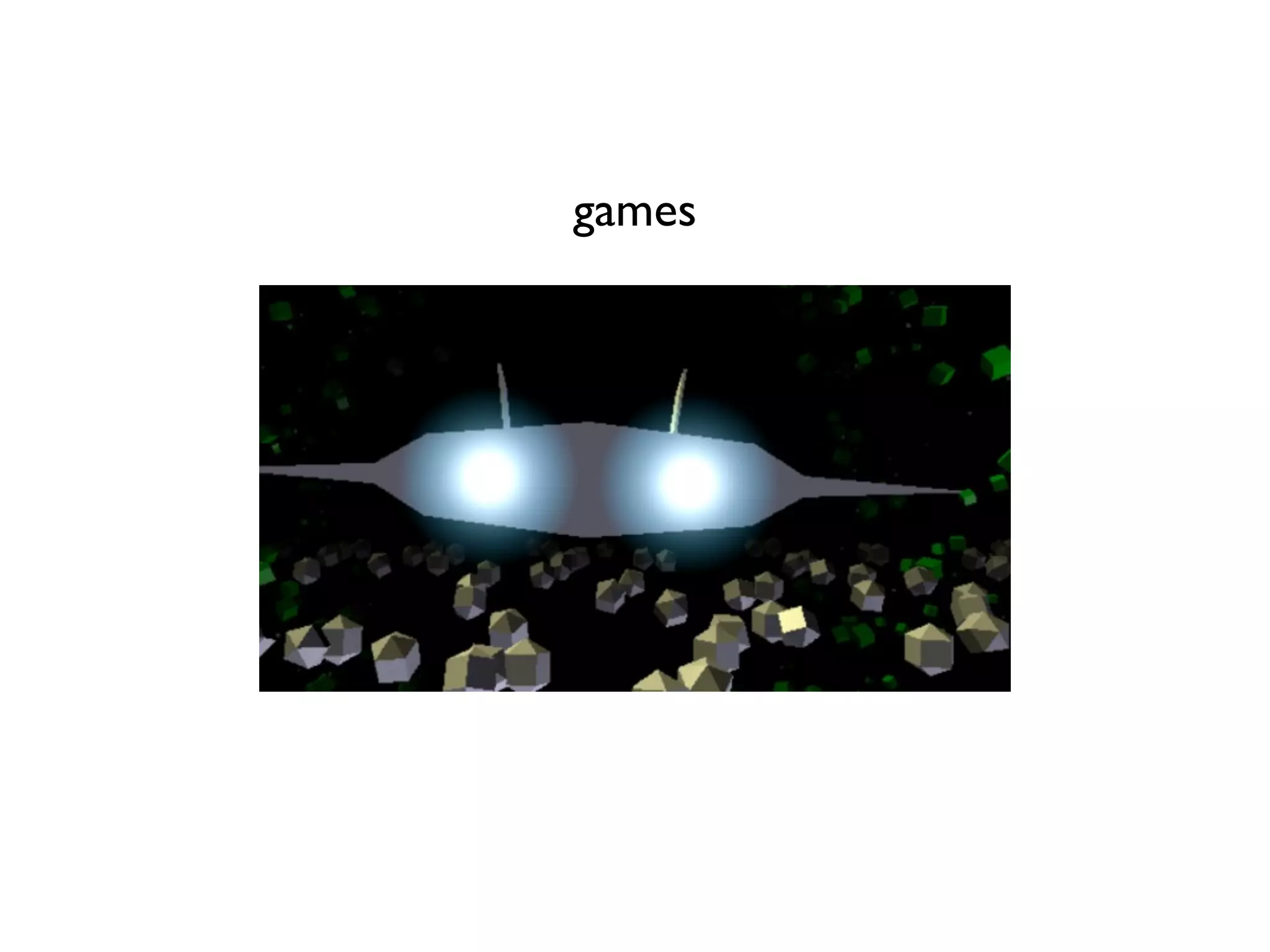
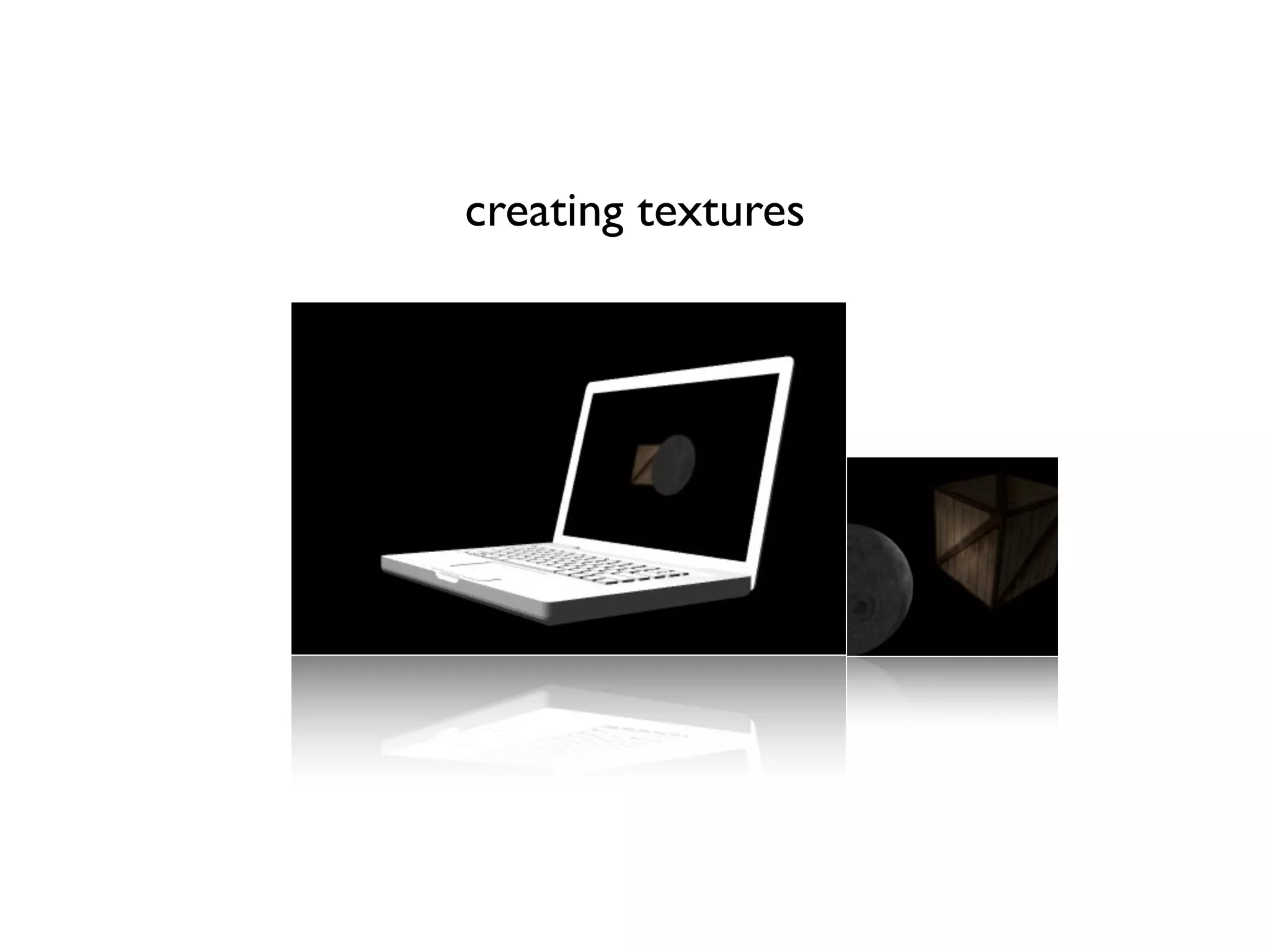
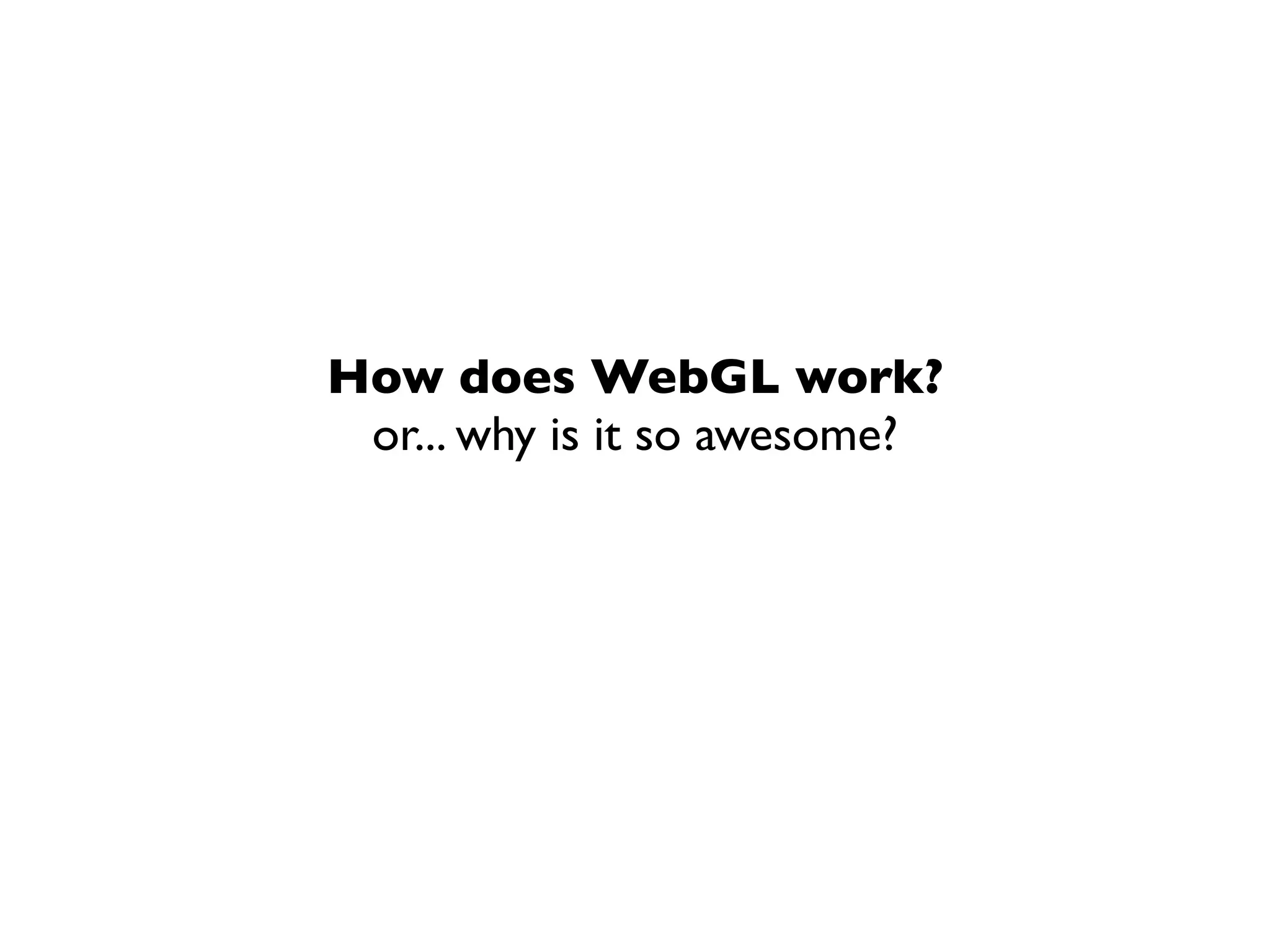
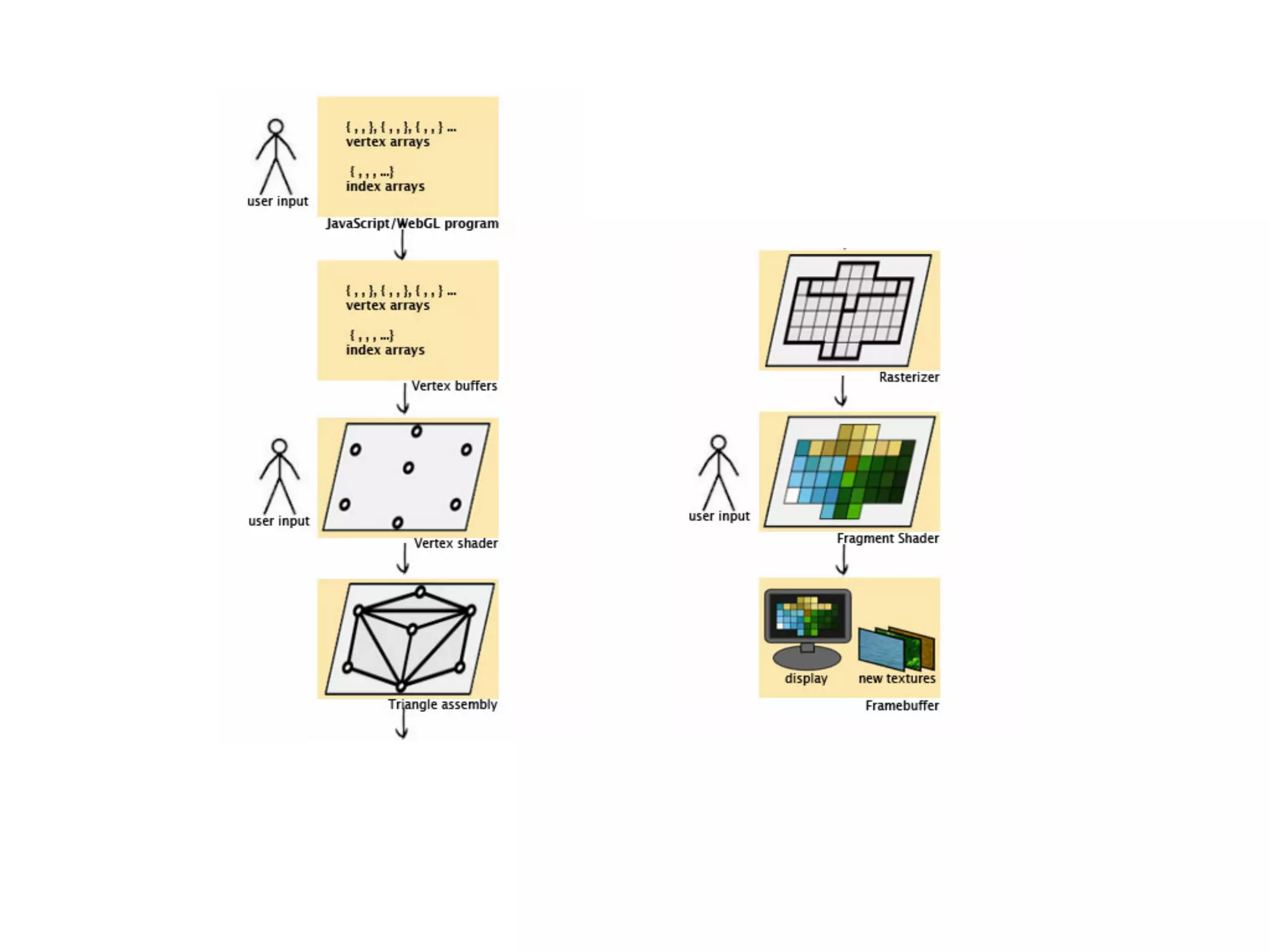
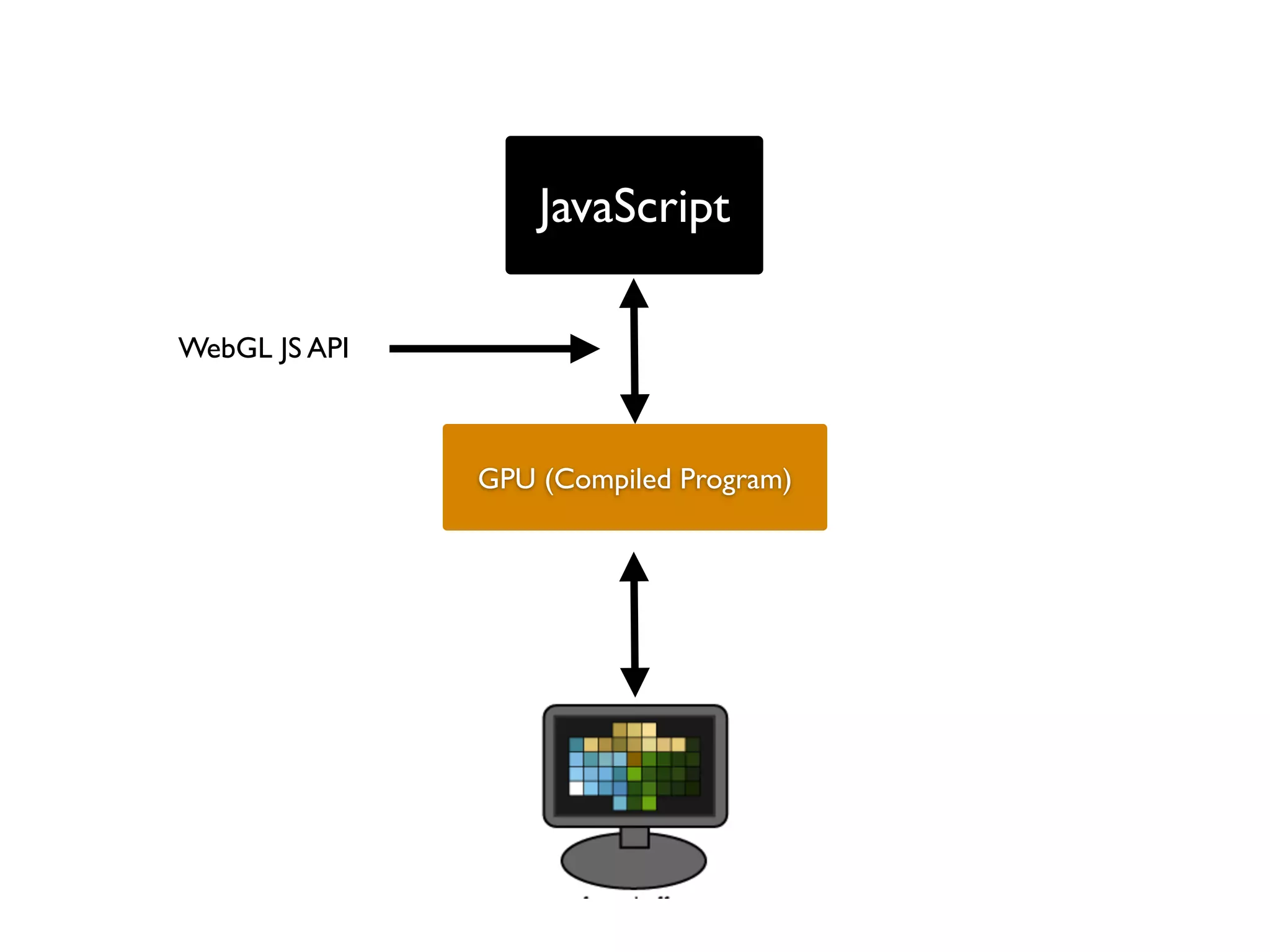
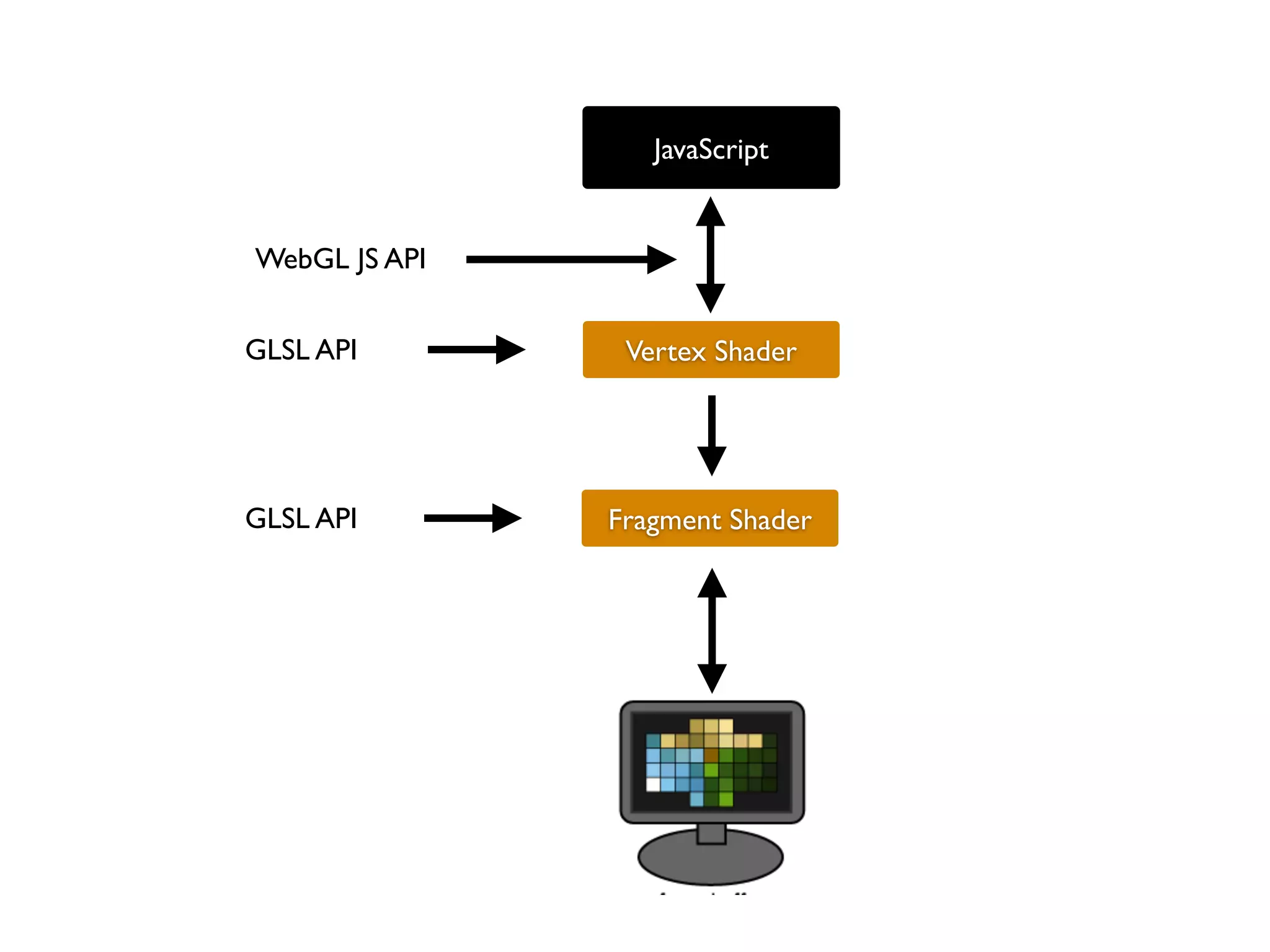
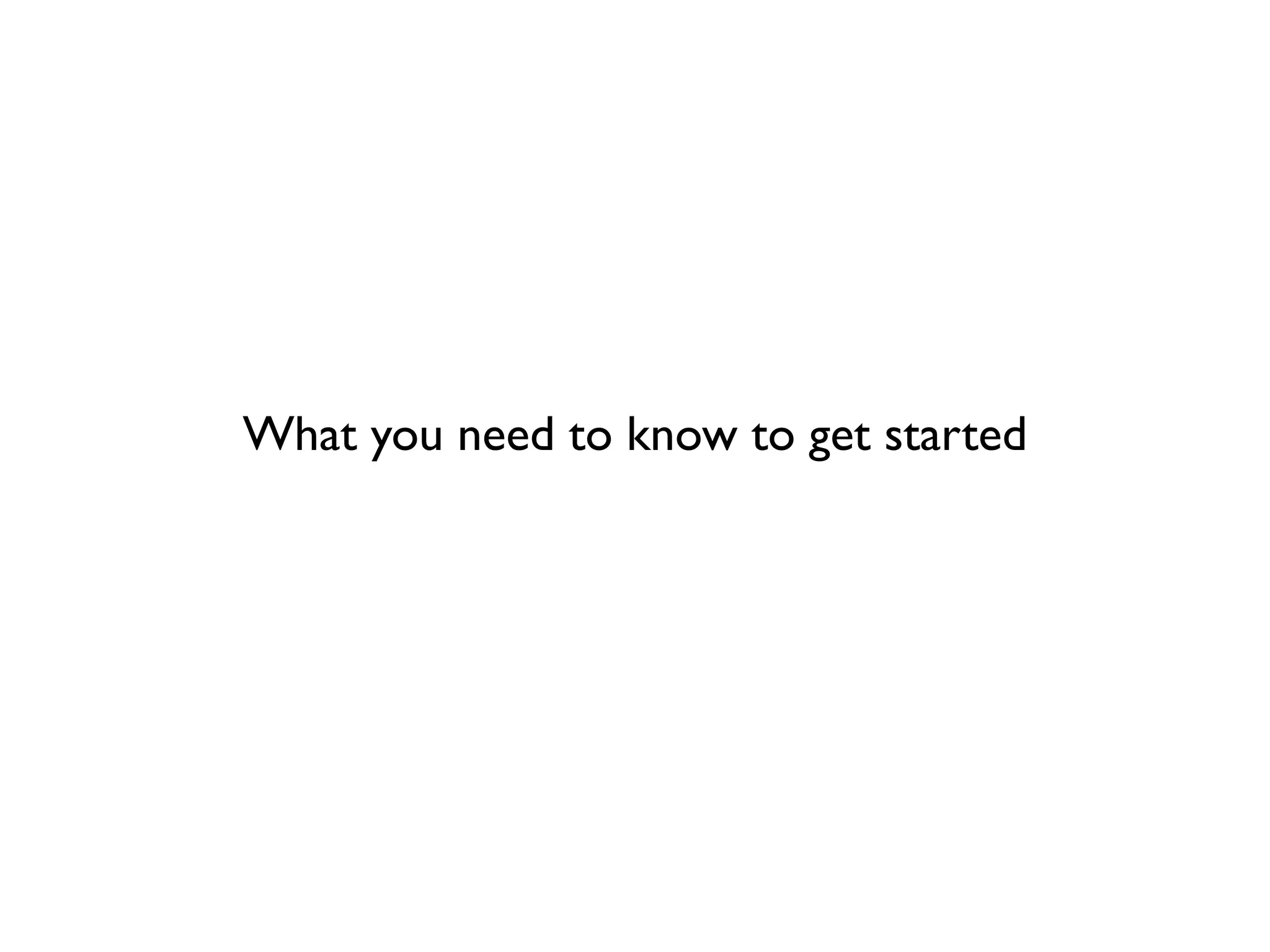
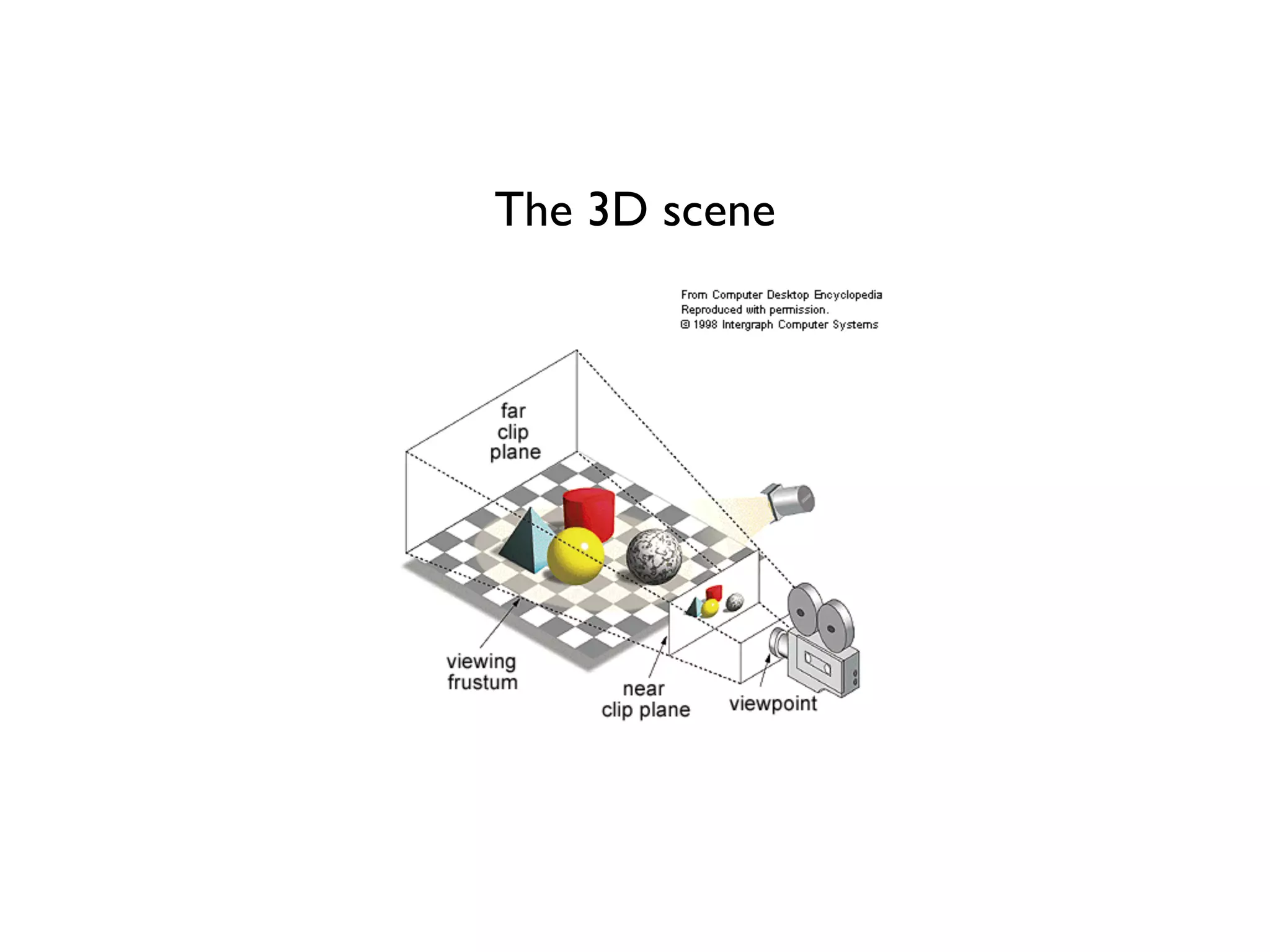
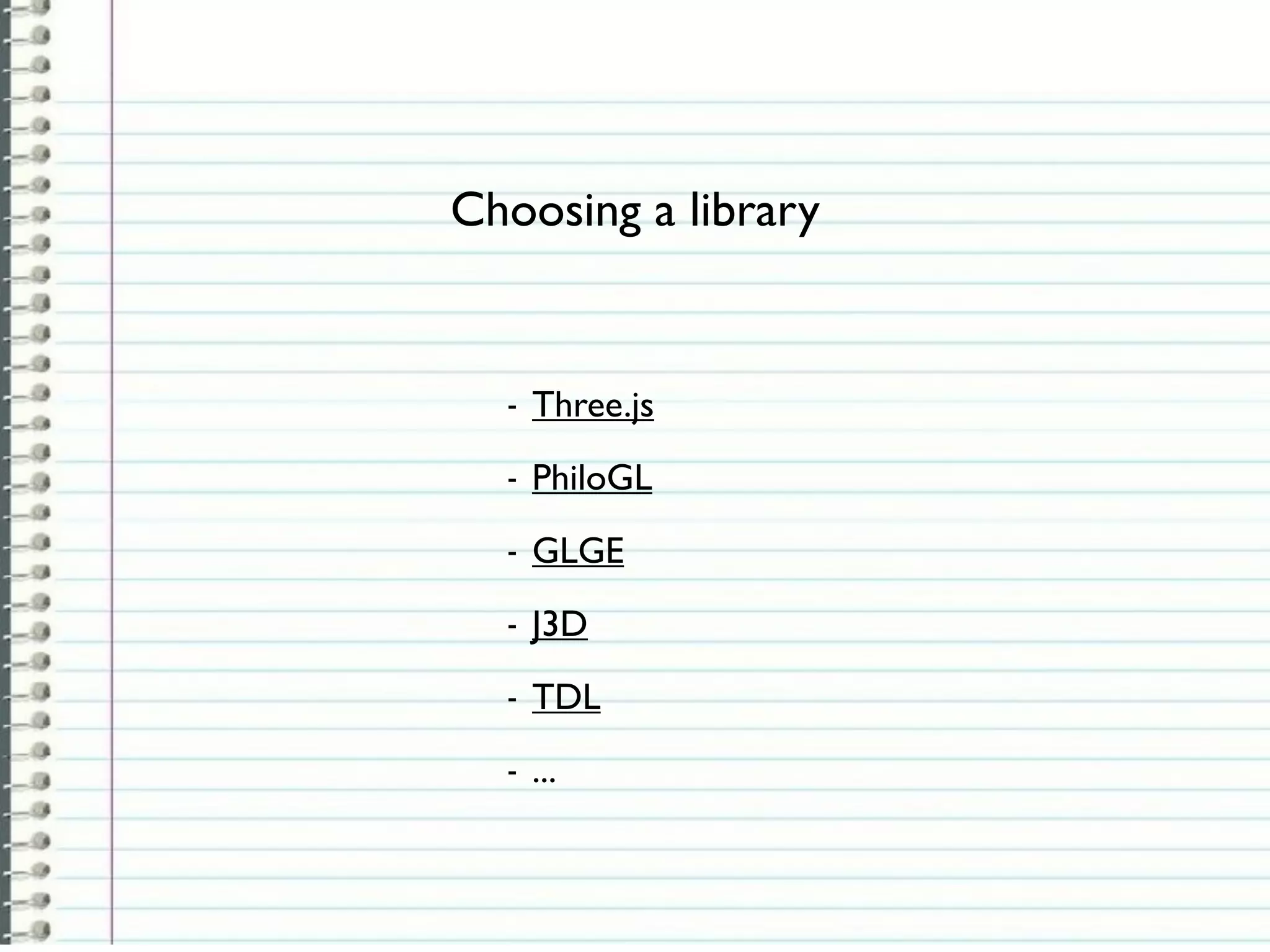
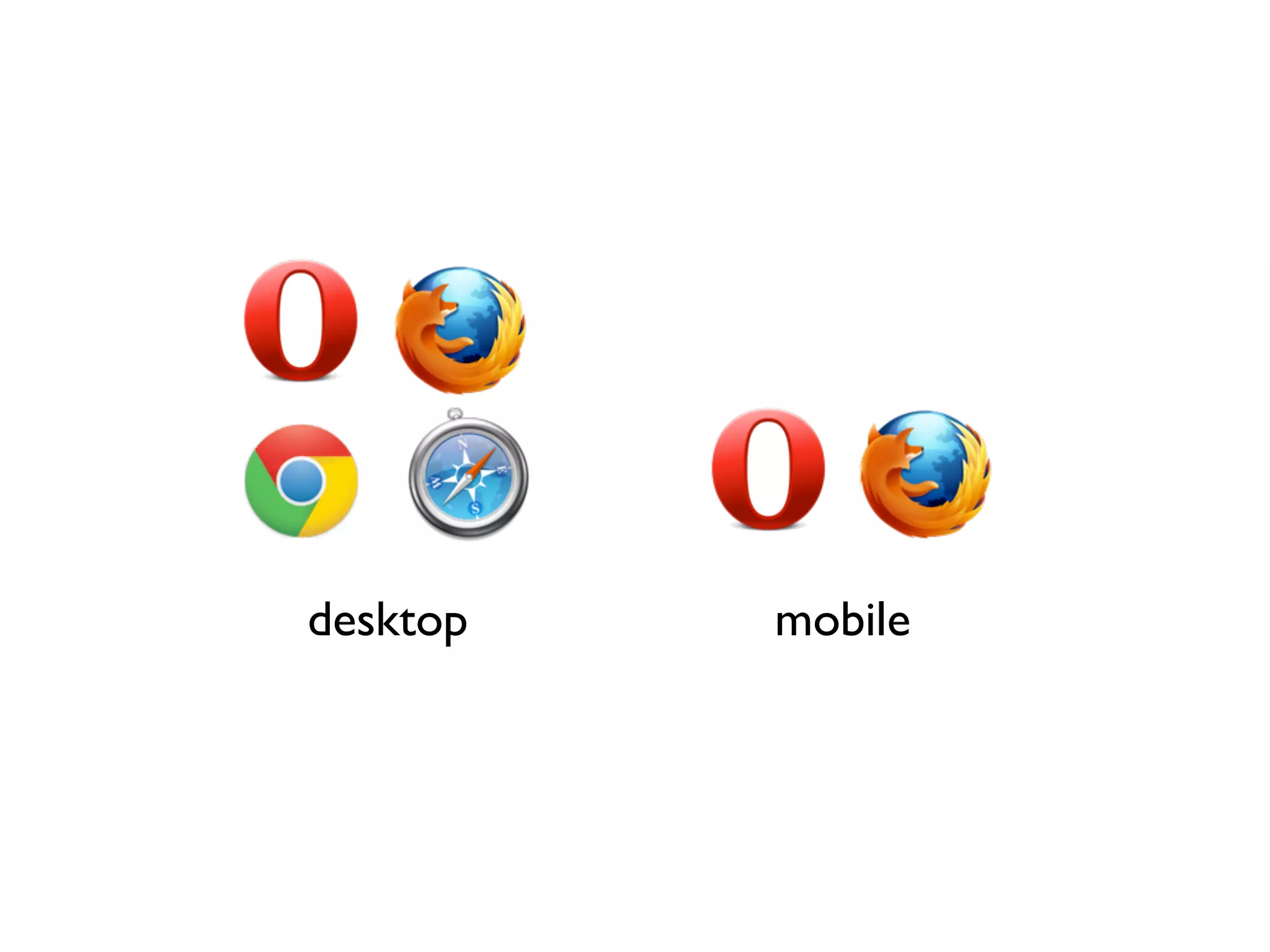
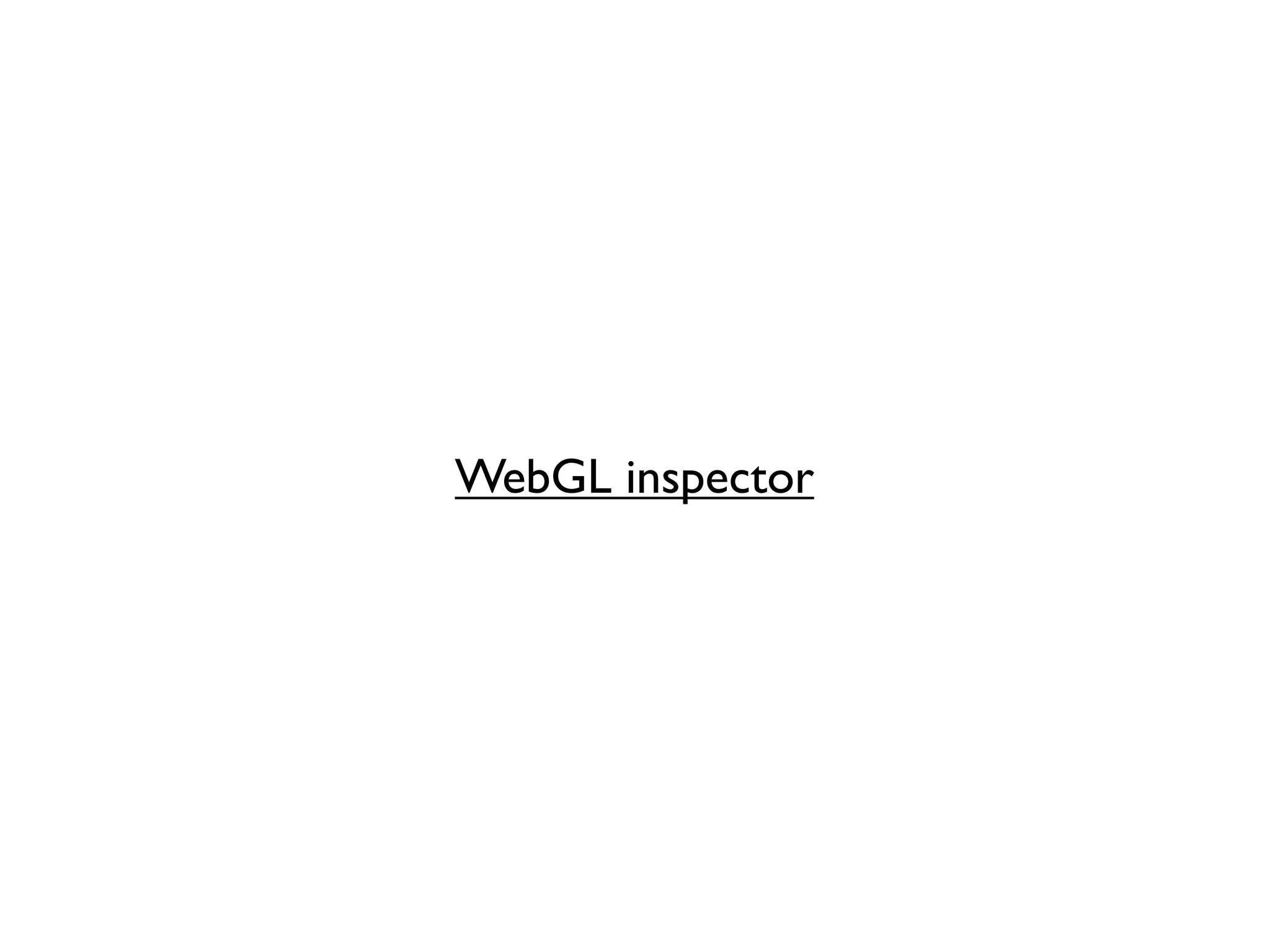
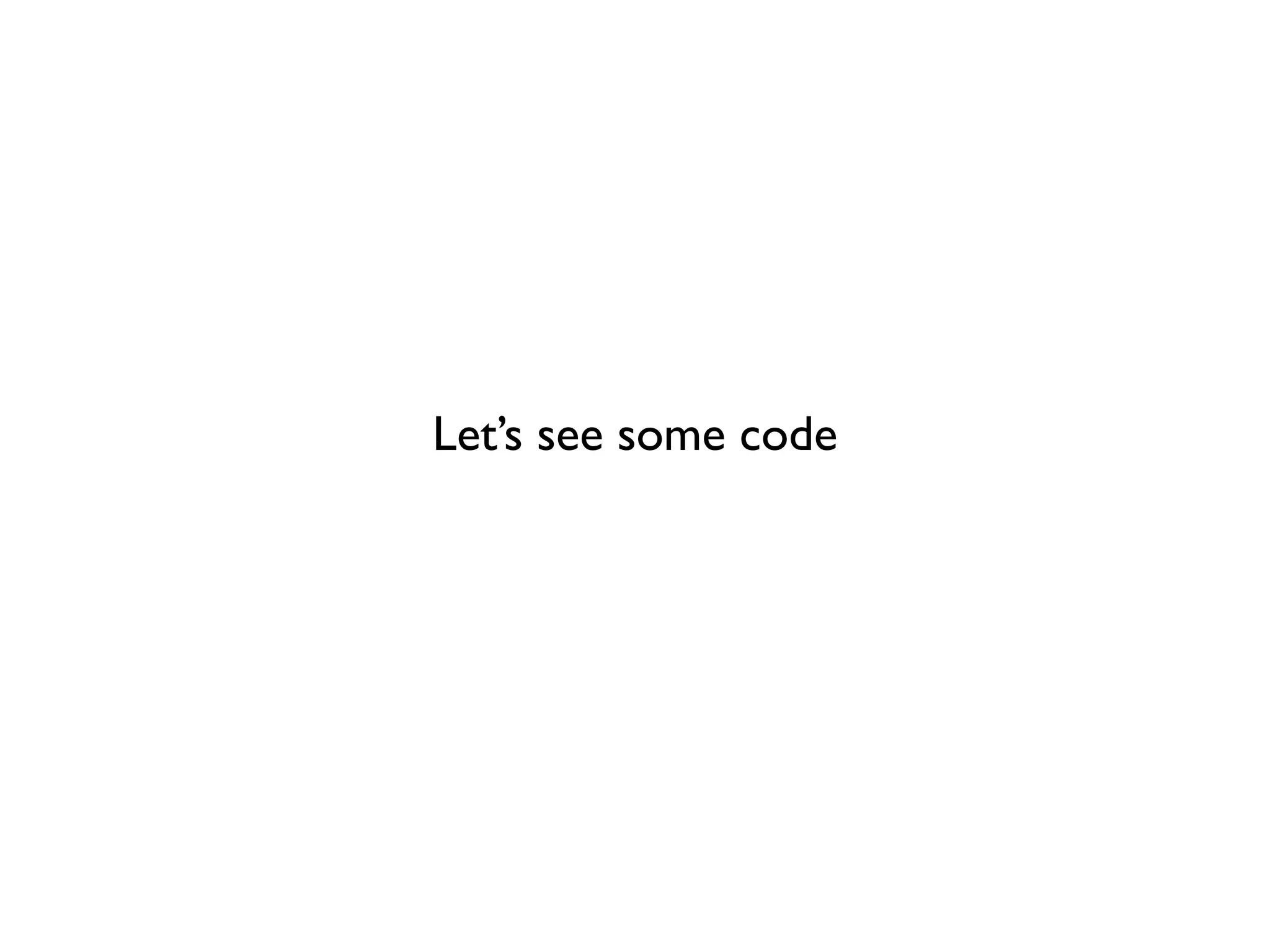
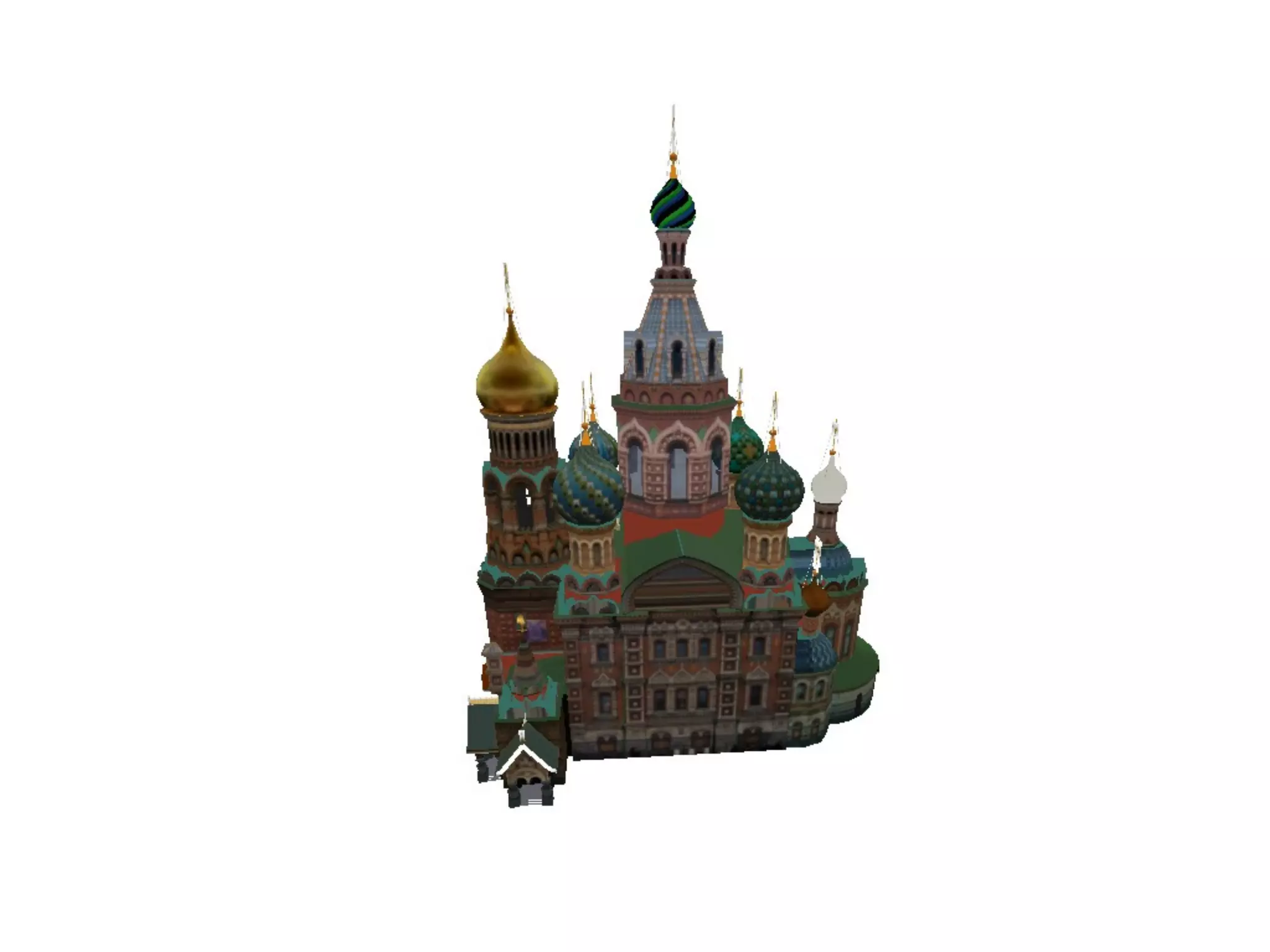
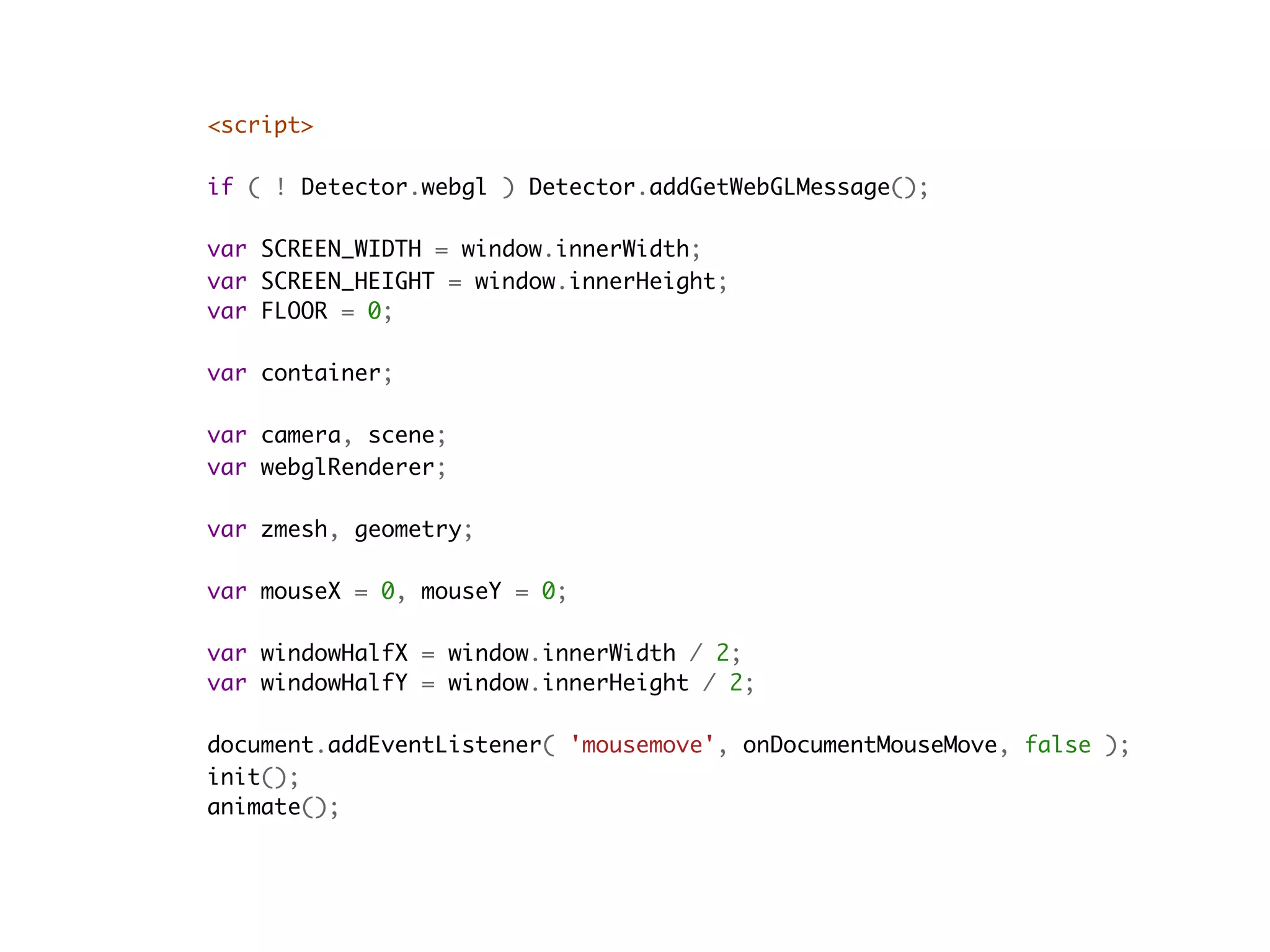
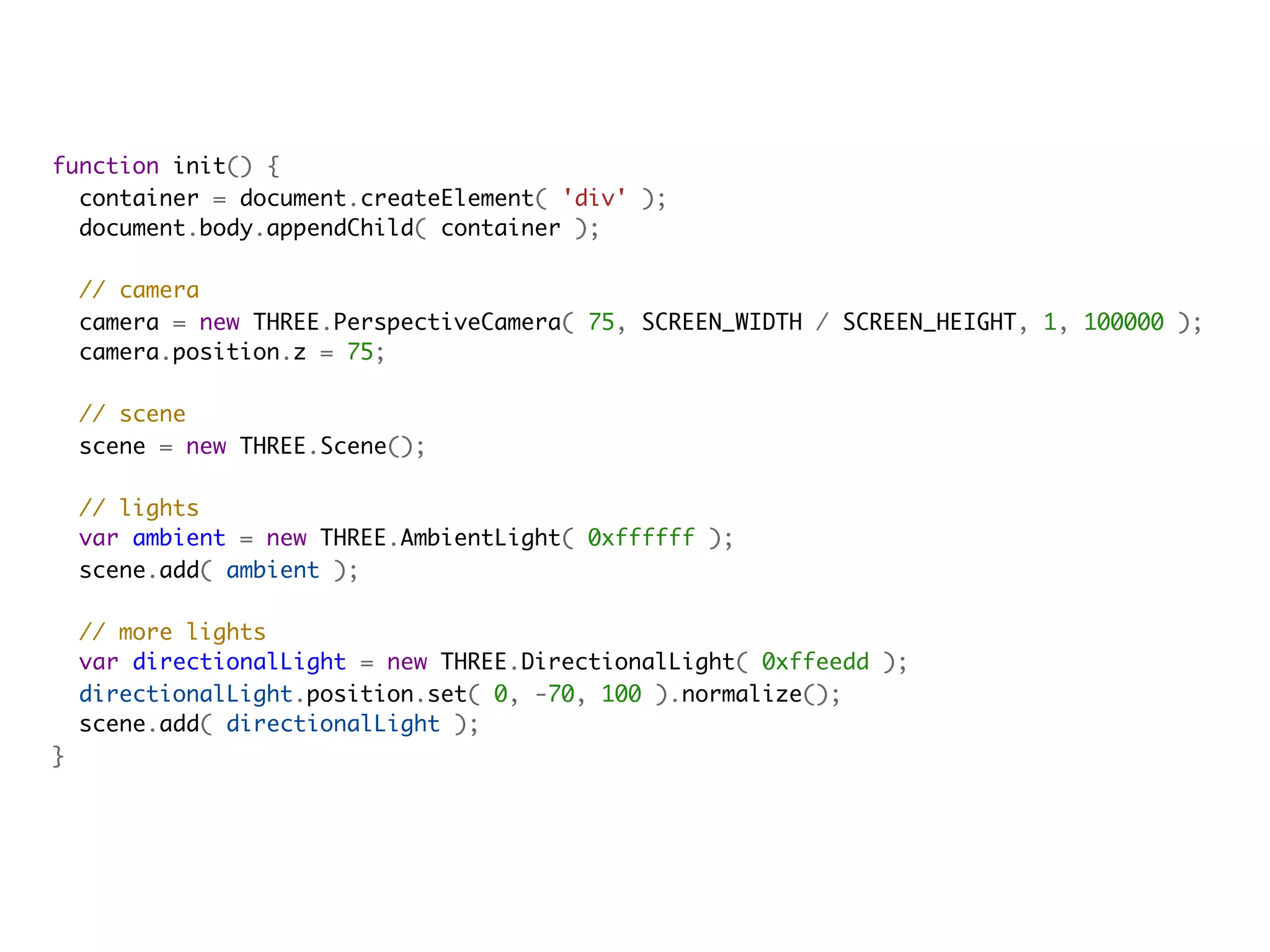
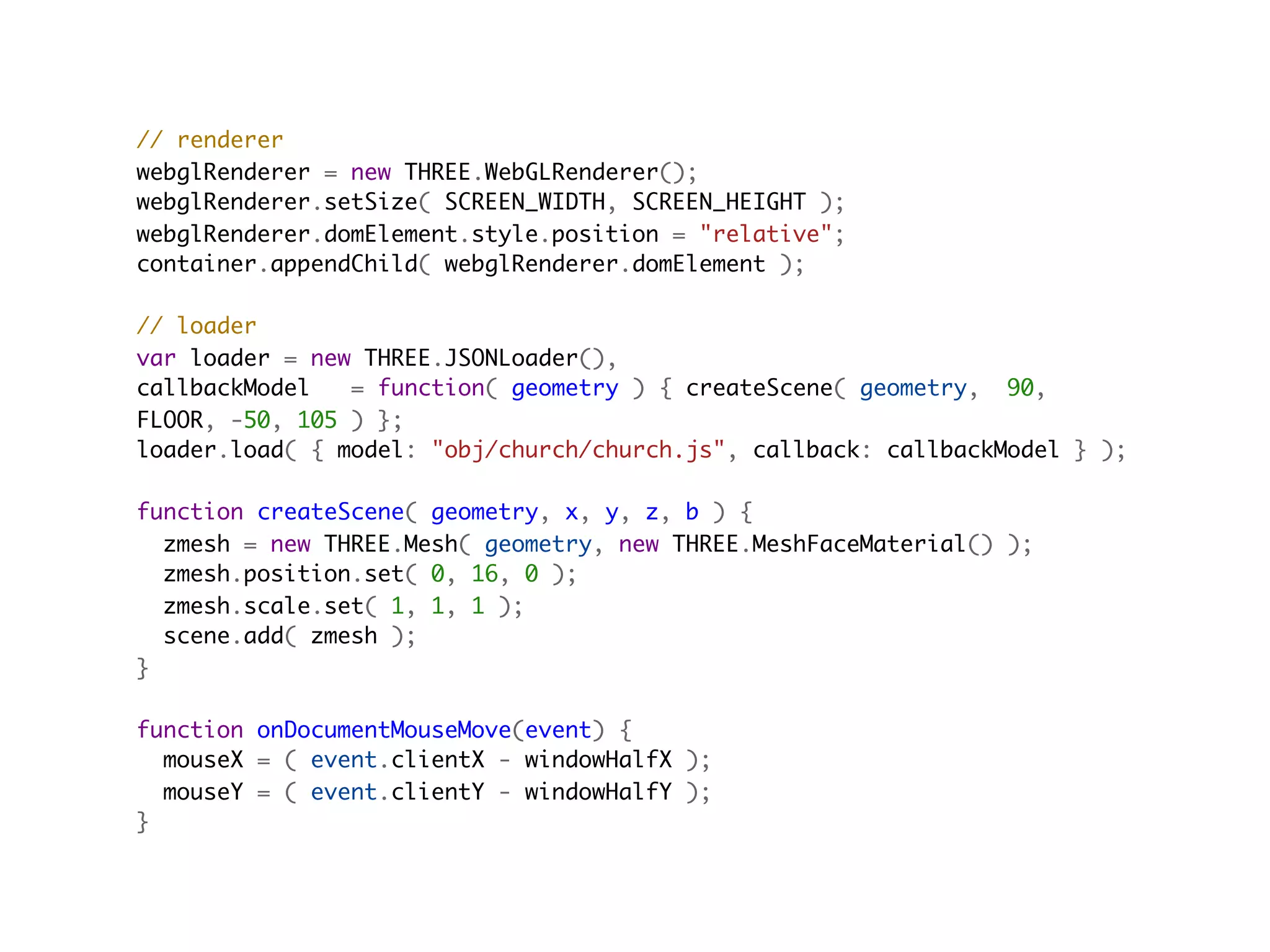
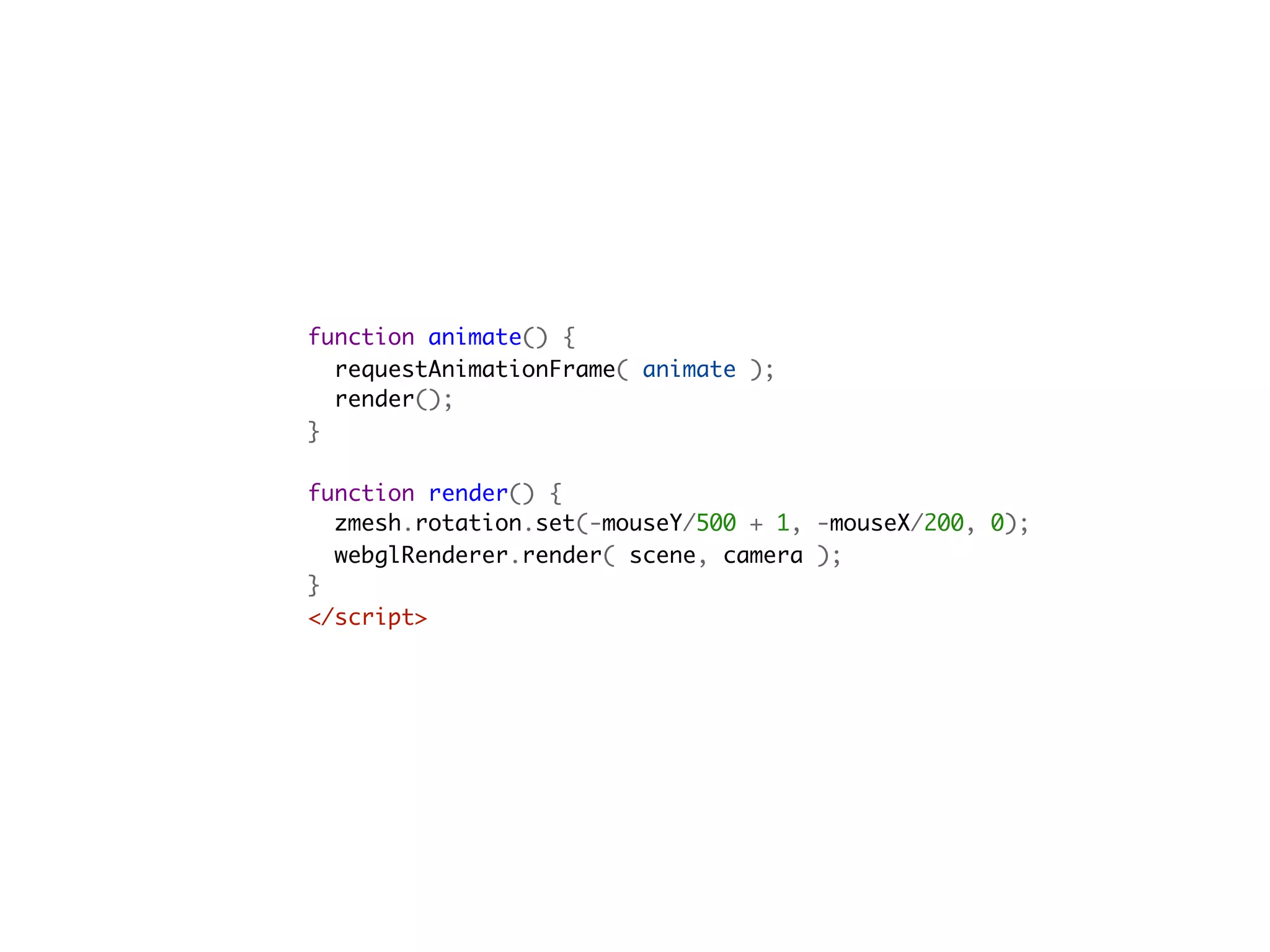
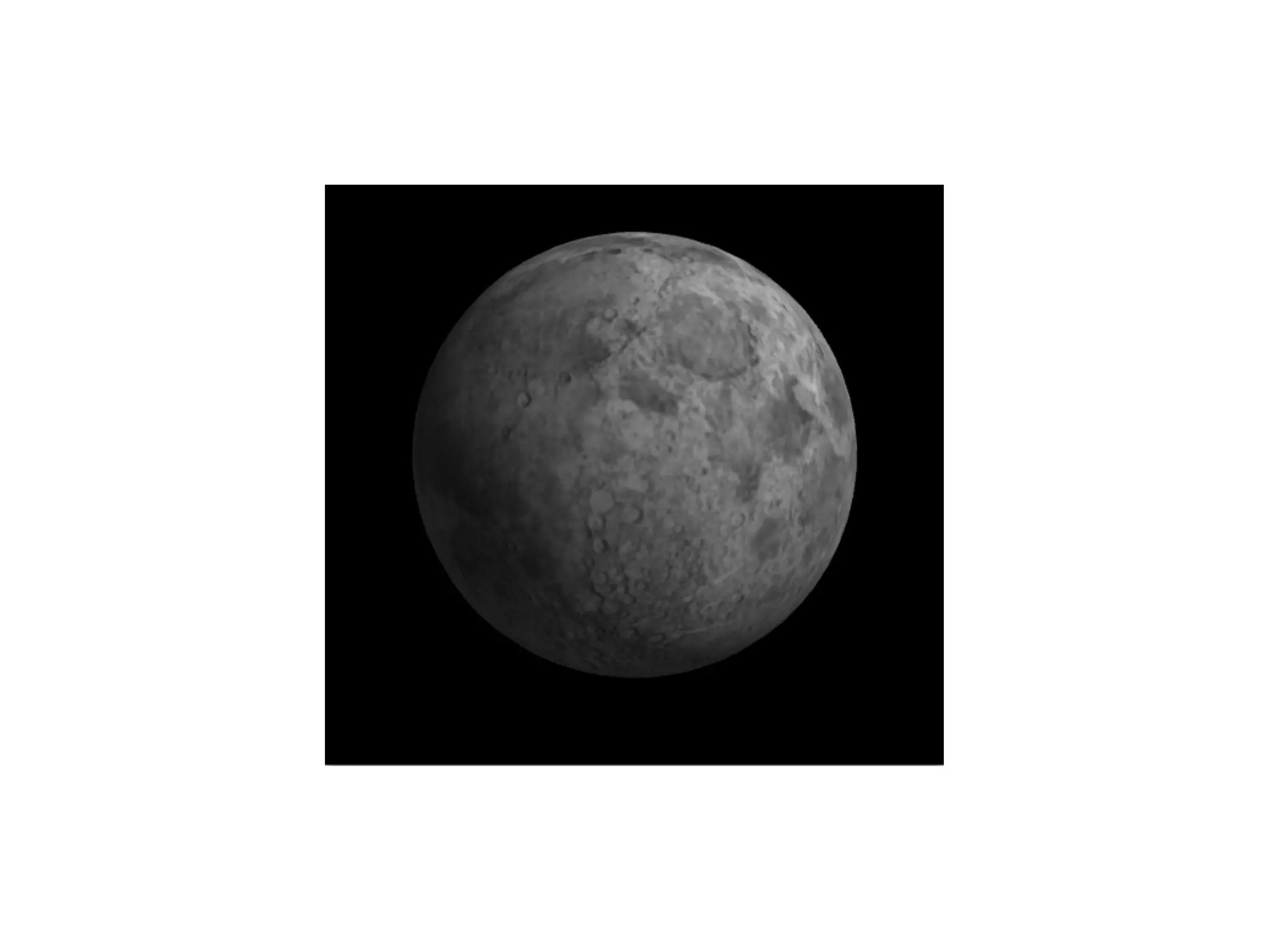
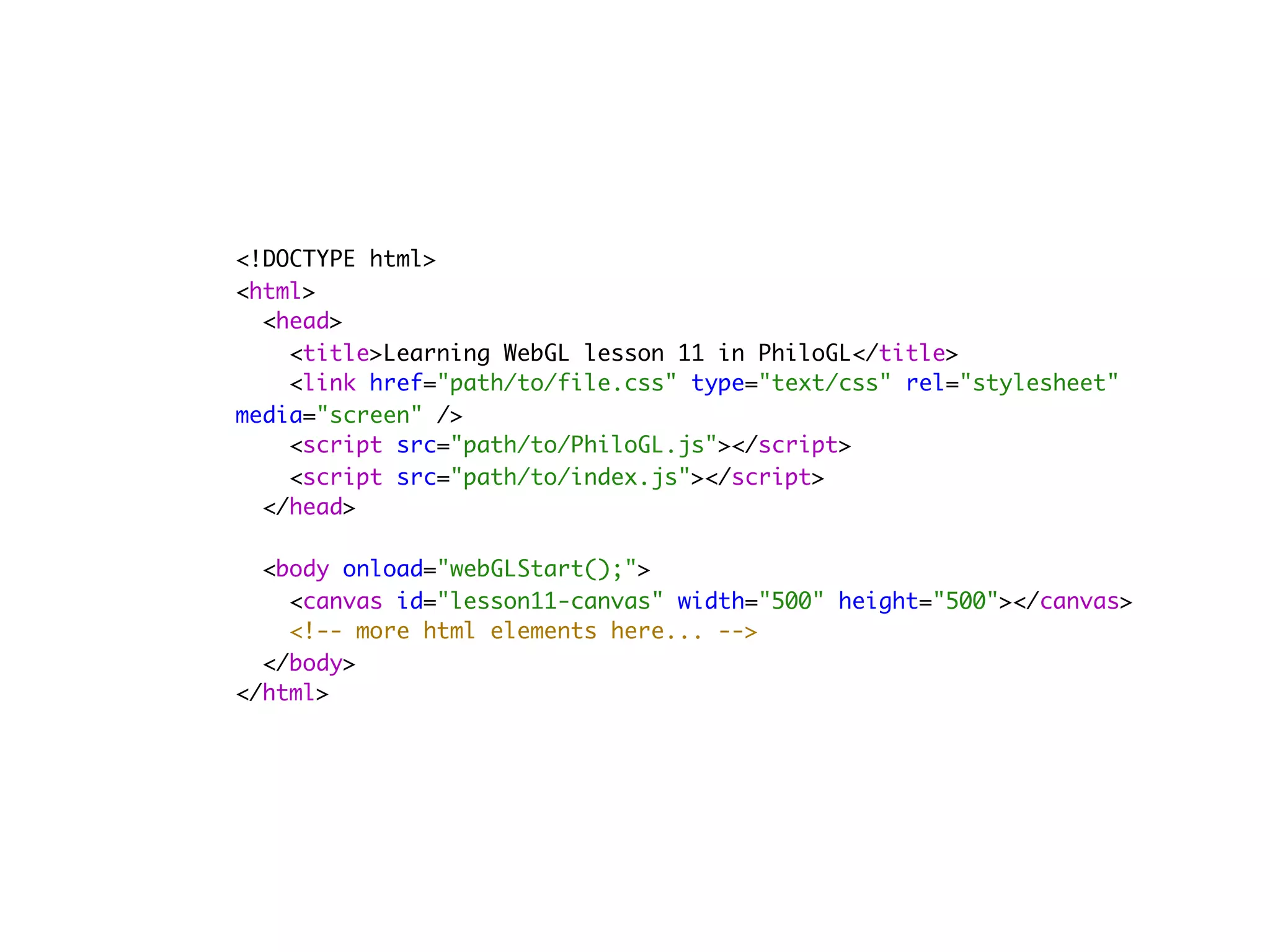
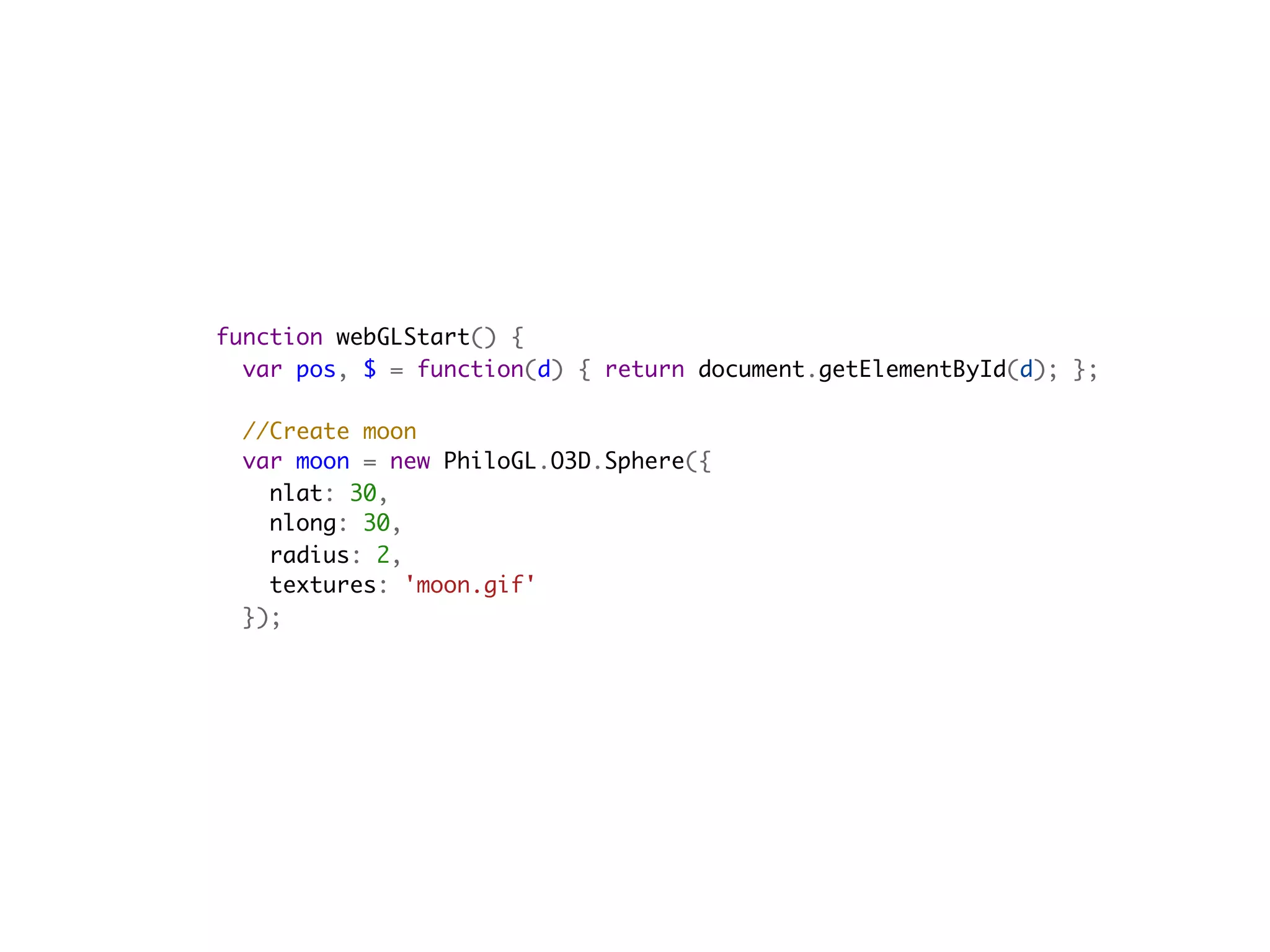
![//Create application
PhiloGL('lesson11-canvas', {
camera: {
position: {
x: 0, y: 0, z: -7
}
},
textures: {
src: ['moon.gif'],
parameters: [{
name: 'TEXTURE_MAG_FILTER',
value: 'LINEAR'
}, {
name: 'TEXTURE_MIN_FILTER',
value: 'LINEAR_MIPMAP_NEAREST',
generateMipmap: true
}]
},
events: {
onDragStart: function(e) {
pos = {
x: e.x,
y: e.y
};
},
onDragMove: function(e) {
var z = this.camera.position.z,
sign = Math.abs(z) / z;
moon.rotation.y += -(pos.x - e.x) / 100;
moon.rotation.x += sign * (pos.y - e.y) / 100;
moon.update();
pos.x = e.x;
pos.y = e.y;
},
onMouseWheel: function(e) {
e.stop();
var camera = this.camera;
camera.position.z += e.wheel;
camera.update();
}
},](https://image.slidesharecdn.com/webglopenwebcamp-120806184623-phpapp01/75/Leaving-Flatland-getting-started-with-WebGL-37-2048.jpg)
